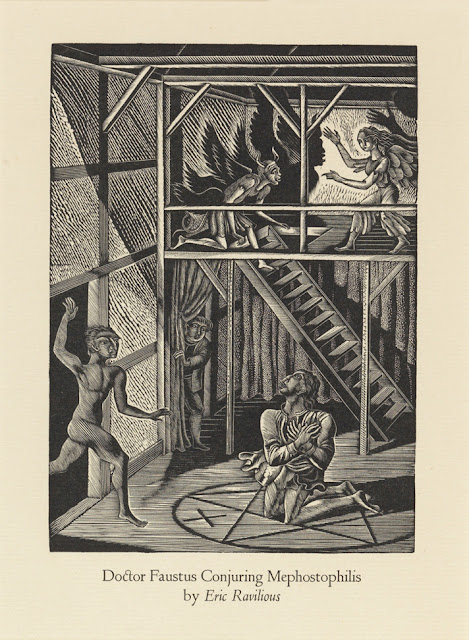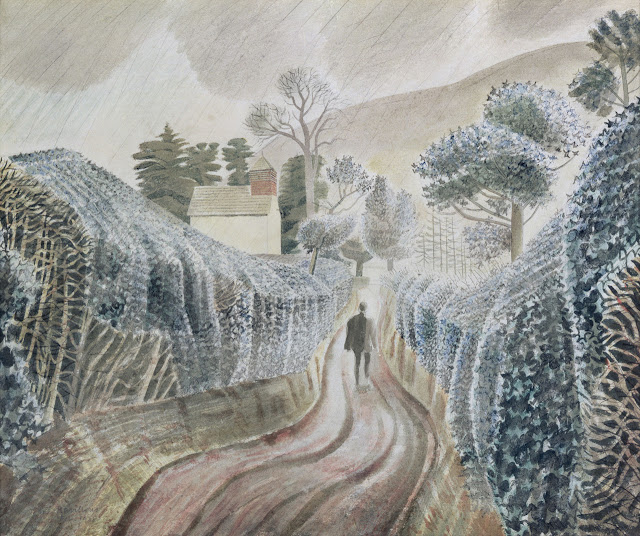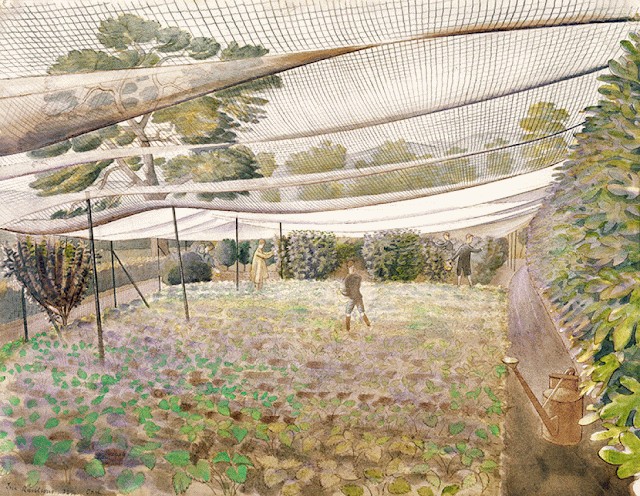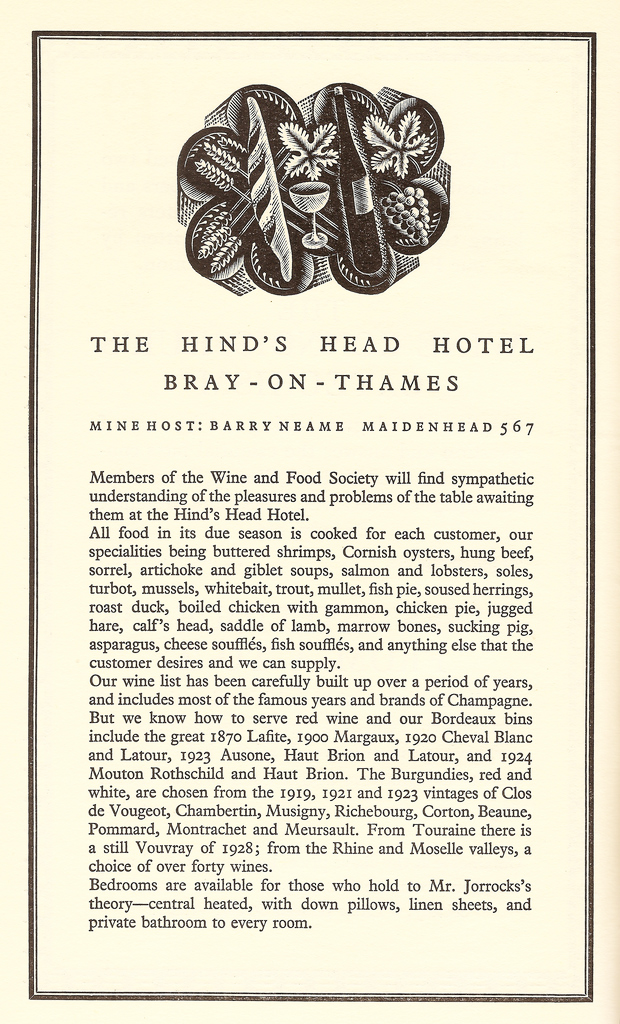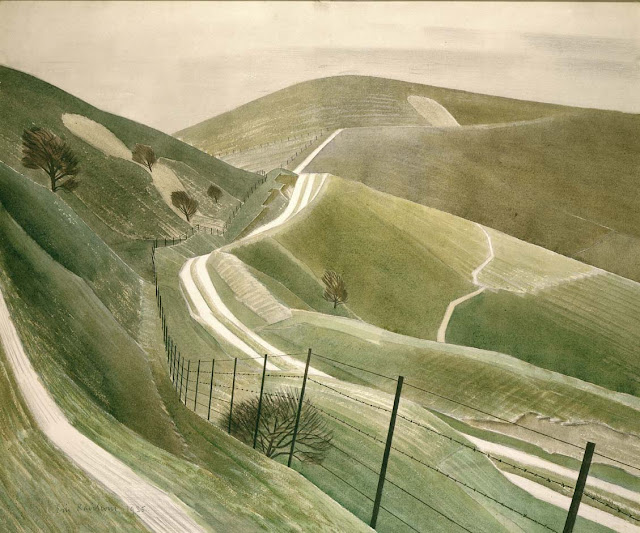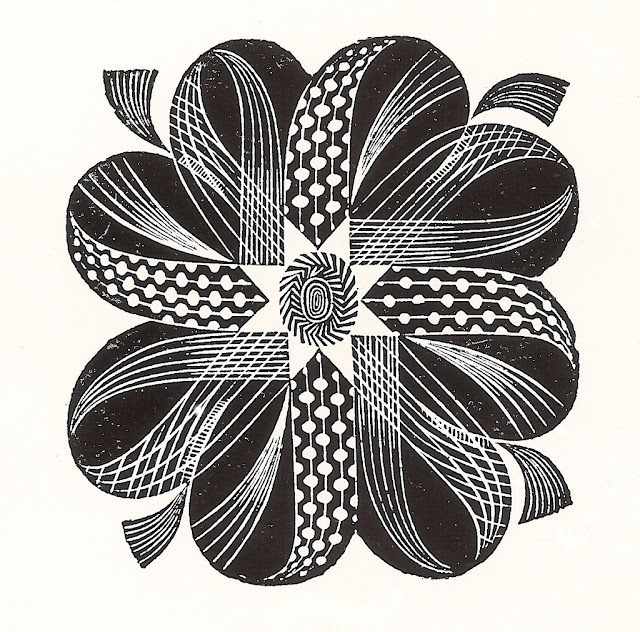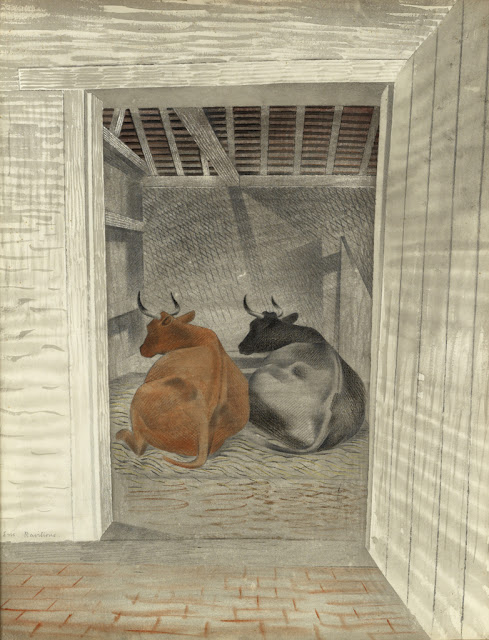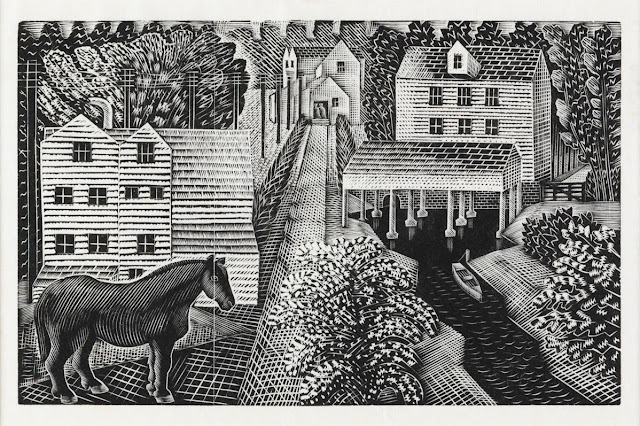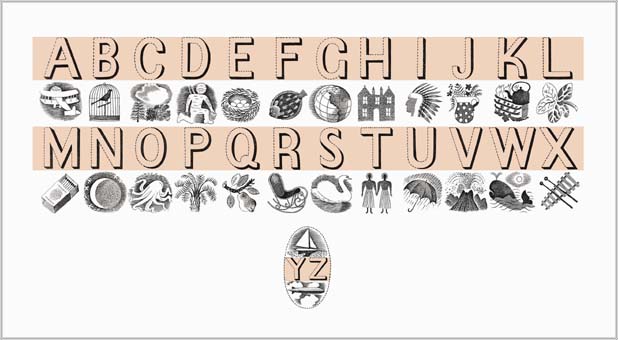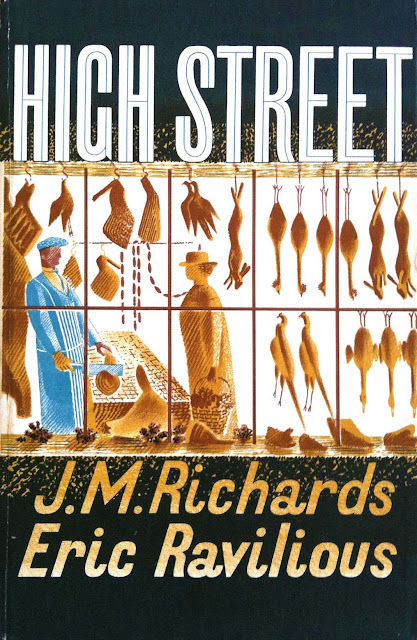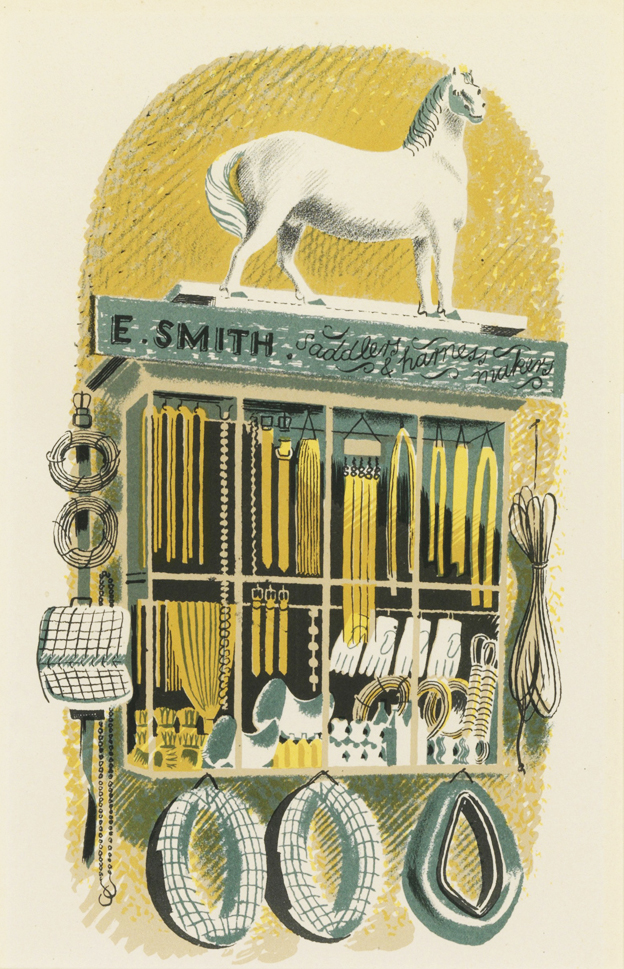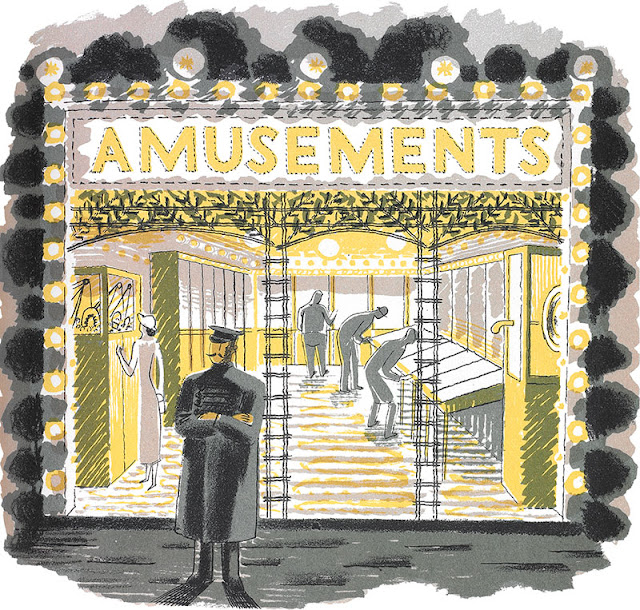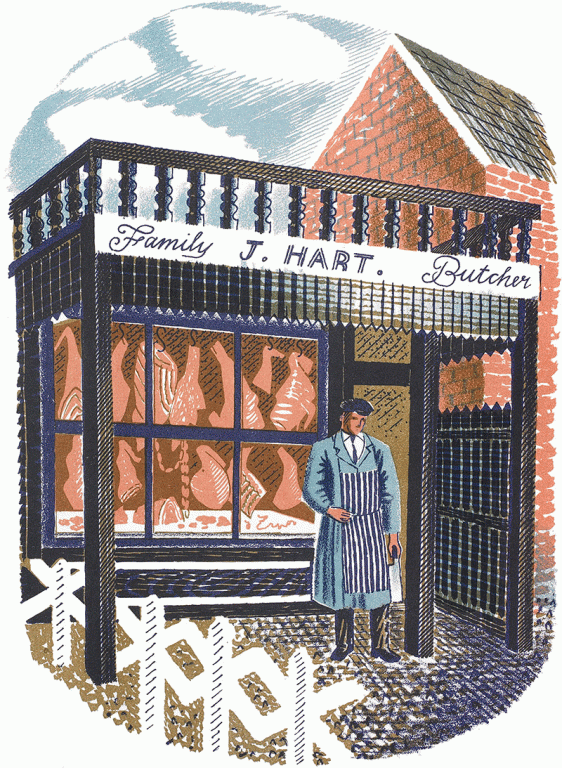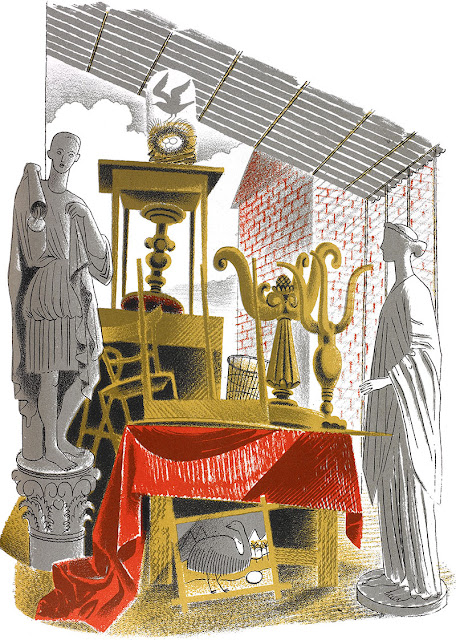Biographical notes on William Keith from Wikipedia:
William Keith (1838 – 1911) was a Scottish-American painter famous for his California landscapes. He is associated with Tonalism and the American Barbizon school. Although most of his career was spent in California, he started out in New York, made two extended study trips to Europe, and had a studio in Boston in 1871-72 and one in New York in 1880.
Keith was born in 1838 in Aberdeen, Scotland and emigrated to New York with his family in 1850. He apprenticed with a wood engraver and later worked for Harper Brothers publishers. He may first have visited California in 1858 on assignment, but also visited Scotland that same year, and worked at the London Daily News.
In 1859 he moved to San Francisco where he worked for an engraver before setting up his own engraving shop with a partner. He first studied painting with Samuel Brookes in 1863, and took watercolour lesons from his wife, Elizabeth Emerson, whom he married in 1864. In 1868, Keith gave up engraving to pursue painting full time, encouraged by having received a commission from a steamship company to paint landscapes along the Columbia River.
In 1869, the Keiths left for Dusseldorf, Germany where William studied with Albert Flamm and Andreas Achenbach, although he did not enroll at the Royal Academy. More influential on his style of painting were the French Barbizon painters who emphasized mood and emotion over the dramatized realism of the German romantic painters. Leaving Europe, the Keiths spent the winter of 1871-72 painting in the Boston studio of William Hahn. The Barbizon and other "modern French" paintings had become popular on the east coast, and Keith's canvases received critical acclaim at exhibitions in Boston and New York.
After returning to San Francisco in 1872, Keith joined the Bohemian Club and started exhibiting his work there. He met naturalist John Muir that same year and the two became lifelong friends. Muir led the painter into seldom-visited landscapes around California, especially in his beloved Sierra Nevada and Yosemite. During the 1870s, Keith completed several eight by ten foot paintings of High Sierra views, which were thought to rival the monumental canvases of Thomas Hill, the other renowned California landscape painter of the era.
Elizabeth Keith died in 1882, and the next year William married Mary McHenry a pioneering female law school graduate. The couple soon left for Munich where Keith studied portrait painting for two years. Returning to California, the Keiths settled in Berkeley although William maintained a studio in San Francisco, commuting each day on the ferry. The studio burned in the earthquake and fire of 1906, and Keith is said to have lost as many as 2000 paintings.
After a trip to Alaska in 1887, Keith mounted a show at the Bohemian Club he titled Dreams of Alaska. These paintings were not literal translations of the views he sketched on location, but rather "fantasies of a poetical nature" as the catalogue from the show reported. Following his second trip to Europe, Keith's style of painting had become even looser and more evocative under influence of the French landscapists. By the 1890s, he had pushed this "suggestive" approach to capturing the landscape into the realm of tonalism, perhaps partially influenced by George Innes who painted in Keith's studio for several weeks in 1891. The two also painted together in Monterey and Yosemite, and both were Swedenborgians, which probably drove their search for the spiritual truths of the landscape that lay behind its surface appearances. Paintings made during the last two decades of Keith's life tend to be smaller, darker, and moodier than his brighter and more evenly lighted early work.
Keith exhibited widely from the 1870s until his death in 1911, including participation in international expositions, museum shows, and solo shows in London and at the Macbeth Gallery in New York. He received numerous awards for his work. Four years after his death, Keith was honoured with an entire room devoted to his paintings at the Panama-Pacific International Exposition.
![]() |
| 1865 Wooded Landscape pen & ink, brush & wash, chinese white on paper 22.7 x 30.4 cm |
![]() |
| 1869 San Anselmo Valley Near San Rafael oil on canvas 61 x 92.1 cm |
![]() |
| 1869 Sunrise, Columbia River oil on canvas 61 x 91.4 cm |
![]() |
| 1870 A Broadside of Mount Tamalpais oil on canvas 78.7 x 119.7 cm |
![]() |
| 1872 Yosemite, Sentinel Rock oil on canvas |
![]() |
| 1874 Bay Area Landscape oil on canvas 35.6 x 50 8 cm |
![]() |
| 1874 Mount Lyell, California Sierra oil on canvas 41.3 x 64.1 cm |
![]() |
| 1875 Yosemite Valley oil on canvas 102.9 x 184.1 cm |
![]() |
| 1875-1880 Yosemite Valley oil on canvas 61.6 x 87 cm |
![]() |
| 1876 Pastoral Landscape oil on canvas 35.6 x 53.3 cm |
![]() |
| 1876 Upper Kern River |
![]() |
| 1876 Upper Kern River |
![]() |
| 1876 Upper Kern River |
![]() |
| 1877c Sunset on Mount Diablo (Marin Sunset) oil on canvas 100.7 x 151.5 cm |
![]() |
| 1878 An Autumnal Sunset on the Russian River Evening Glow oil on canvas 91.4 x 152.4 cm |
![]() |
| 1878 Headwaters of the American River |
![]() |
| 1878 Headwaters of the San Juaquin River oil on canvas 101.6 x 182.9 cm |
![]() |
| 1878 Mount Tamalpias from Lagunitas Creek oil on canvas 76.8 x 64.1 cm |
![]() |
| 1878c Donner Lake oil on canvas 61 x 38 cm |
![]() |
| 1879 Mountain Landscape with Cattle oil on canvas 76.2 x 127 cm |
![]() |
| 1879c Mount Shasta and Castle Lake oil on canvas 72 x 120 cm |
![]() |
| 1880 Approaching Storm oil on canvas 76.2 x 127 cm |
![]() |
| 1880-83c Sand Dunes and Fog, San Francisco oil on canvas 38.7 x 64.1 cm |
![]() |
| 1881 Mount Hood from Hood River oil on canvas 101.6 x 182.9 cm |
![]() |
| 1881 White Mountains and Conway Meadows, New Hampshire oil on canvas 76.2 x 127 cm |
![]() |
| 1882 Santa Barbara Hills oil on canvas 39.4 x 70.2 cm |
![]() |
| 1882c Pastoral Hillside Scene oil on canvas 63.5 x 94 cm |
![]() |
| 1883 Santa Barbara Mission oil on canvas 40.6 x 66 cm |
![]() |
| 1886 St. Michael's Cathedral, Sitka oil on board 40.6 x 61 cm |
![]() |
| 1890s After California Rain oil on canvas 76.2 x 101.6 cm |
![]() |
| 1890s mid Mount Shasta from Strawberry Valley oil on canvas |
![]() |
| 1891 The Glory of the Heavens oil on canvas |
![]() |
| 1893 Spring Landscape (Spring in Marin County) |
![]() |
| 1896 Discovery of San Francisco Bay oil on canvas 101.6 x 129.5 cm |
![]() |
| 1896 Sunset Glow on Mt Tamalpais oil on canvas 130.2 x 221.6 cm |
![]() |
| 1899 After the Storm oil on canvas 90.2 x 151.1 cm |
![]() |
| 1899 In the Valley oil on board 50.8 x 66 cm |
![]() |
| 1900-05 High Sierra Canyon oil on canvas 61 x 76 cm |
![]() |
| 1901 Majestic California oil on canvas 76.2 x 101.6 cm |
![]() |
| 1901 Stream Through the Valley oil on canvas 76.2 x 101.6 cm |
![]() |
| 1905c Carmel by the Sea oil on canvas 54.1 x 100 cm |
![]() |
| 1908 California Ranch oil on canvas 221.6 x 128 cm |
![]() |
| 1908c Hetch Hetchy Side Canyon oil on canvas 55.9 x 71.1 cm |
![]() |
| 1908c Hetch Hetchy Side Canyon oil on canvas 55.9 x 71.1 cm |
![]() |
| Approaching Storm oil on canvas 91.4 x 153.4 cm |
![]() |
| Dark November (Pastorale) oil on canvas 55.9 x 81.3 cm |
![]() |
| Landscape oil on canvas 89.2 x 151.1 cm |
![]() |
| Landscape with Mount Shasta oil on canvas 76.2 x 96.5 cm |
![]() |
| n.d. Marin Sunset |
![]() |
| n.d. Mount Ritter (Crown of the Sierras) oil on canvas |
![]() |
| n.d. Berkeley Oaks oil on canvas 25.1 x 40.3 cm |
![]() |
| n.d. Breaking of the Storm oil on canvas 75.9 x 101.9 cm |
![]() |
| n.d. Cattle Watering at a Pond with a Shepherd Nearby oil on canvas 51.4 x 76.8 cm |
![]() |
| n.d. Cows Grazing in a Clearing oil on board (cigar box) 12.7 x 17.8 cm |
![]() |
| n.d. Early Morning on the Farm oil on canvas 73.3 x 123.8 cm |
![]() |
| n.d. Evening oil on canvas 75.9 x 101.13 |
![]() |
| n.d. Hilegas Meadows oil on canvas 50.8 x 76.2 cm |
![]() |
| n.d. In the Birch Woods, Damariscotta, Maine oil on canvas 35.6 x 27.9 cm |
![]() |
| n.d. River at Evening oil on canvas 75.9 x 101.9 cm |
![]() |
| n.d. Springtime oil on board 35.6 x 50.2 cm |
![]() |
| n.d. Under the Oaks oil on canvas 73.7 x 101.9 cm |
![]() |
| n.d. Wetlands at Sunset oil on canvas 50.8 x 76.2 cm |
![]() |
| n.d. Wooded Landscape oil on canvas 30.6 x 36.3 cm |
![]() |
| n.d. Yosemite Falls oil on canvas 61 x 45.7 cm |












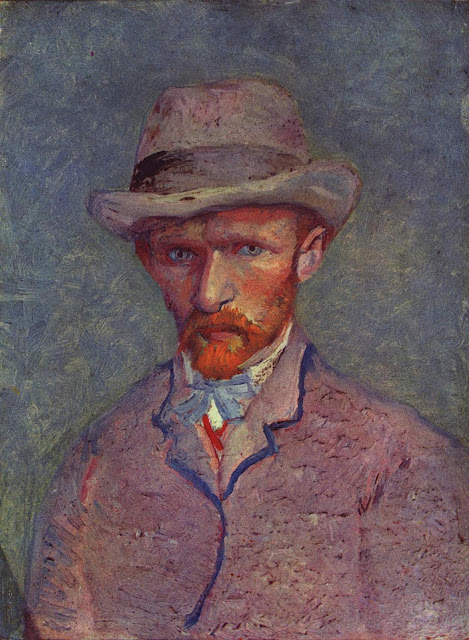





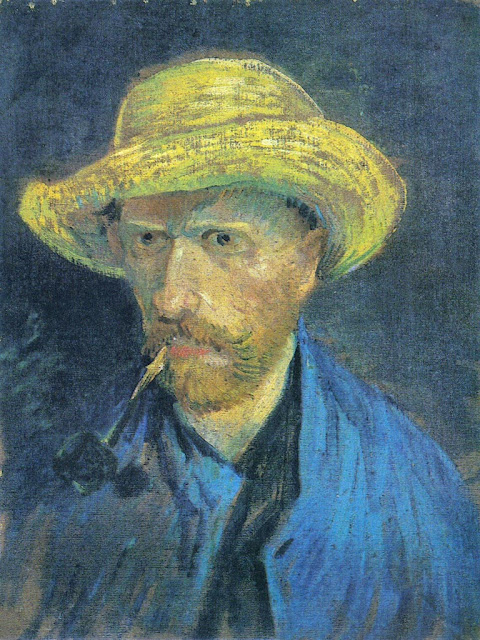






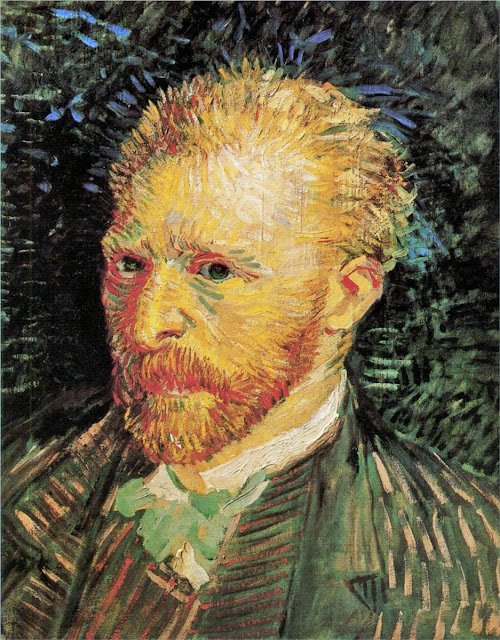






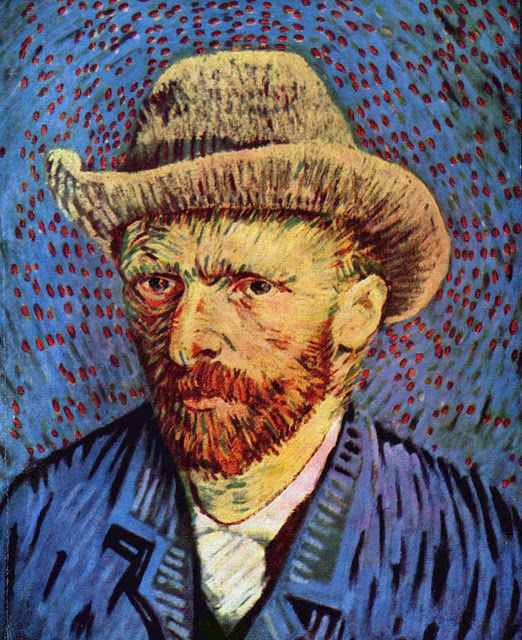
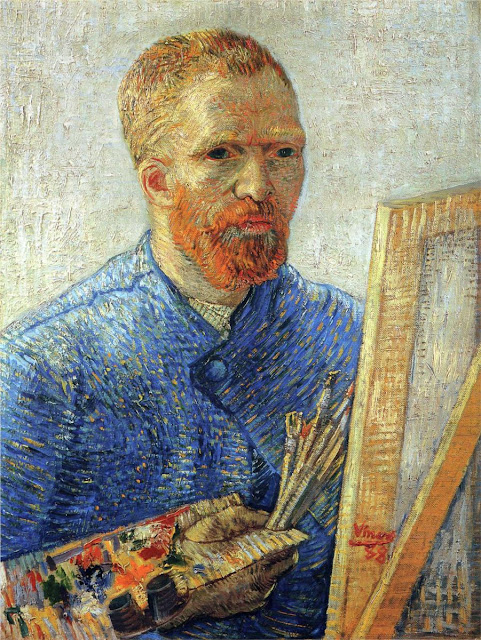


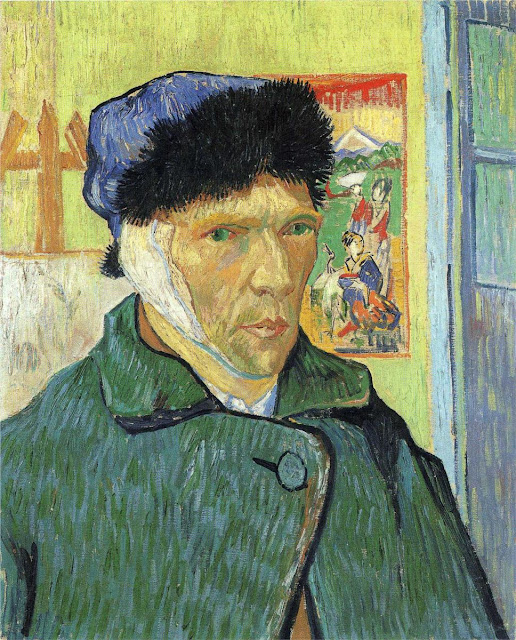
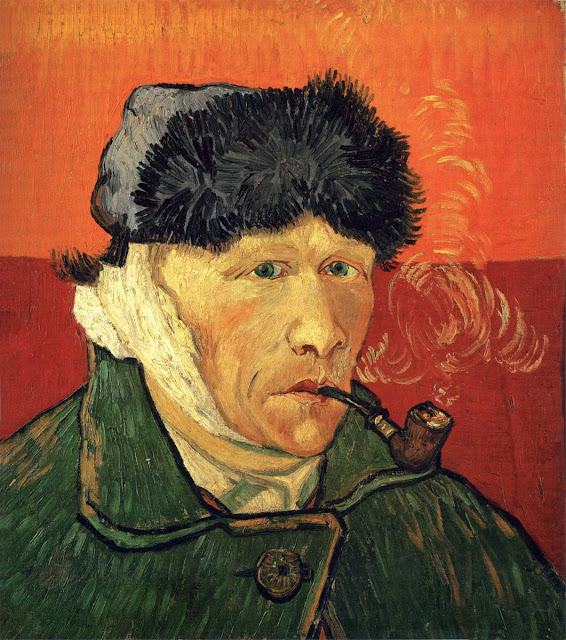

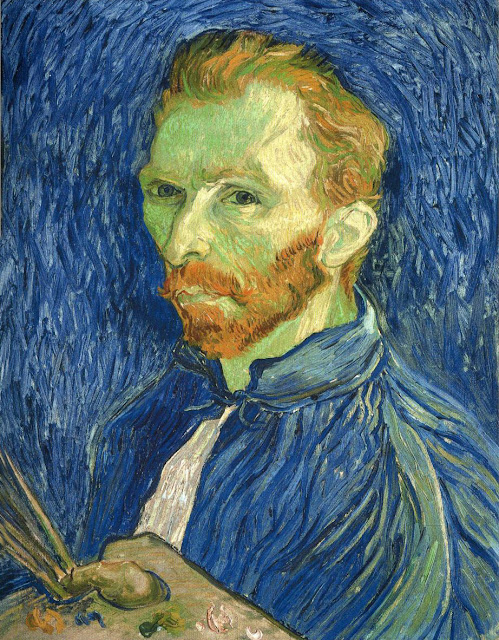



























































































.jpg)
.jpg)
.jpg)
_900.jpg)
.jpg)
.jpg)









































































+oil+on+canvas+transferred+from+wood+50+x+32+cm.jpg)























+oil+on+panel+44.7+x+32+cm+%C2%A9+Veneranda+Biblioteca+Ambrosiana.jpg)






+oil+on+wood+54.8+x+40.3+cm+%C2%A9+Princes+Czartoryski+Foundation.jpg)
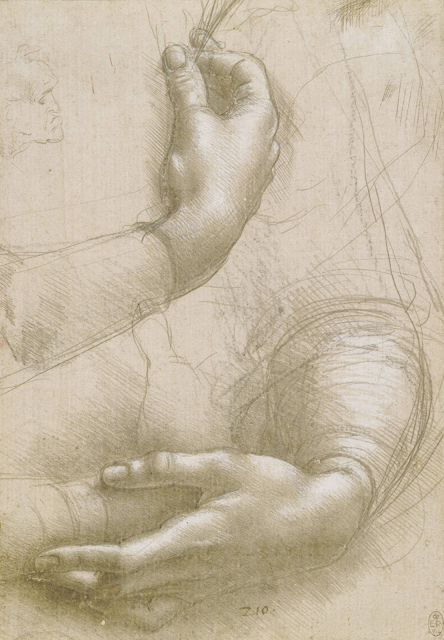



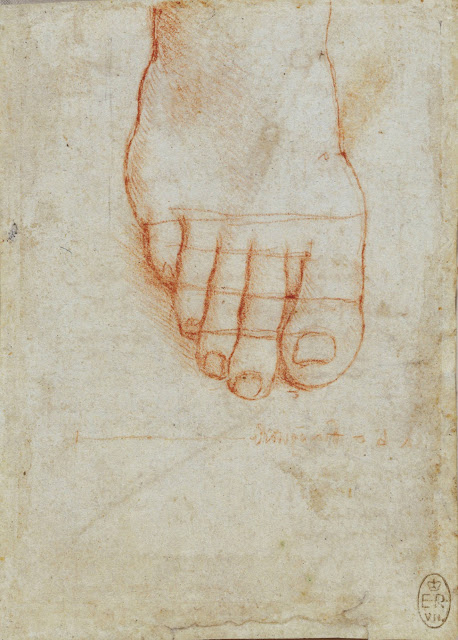



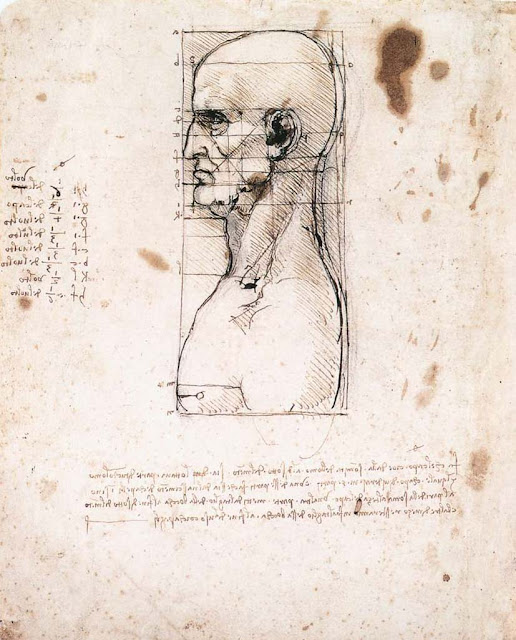


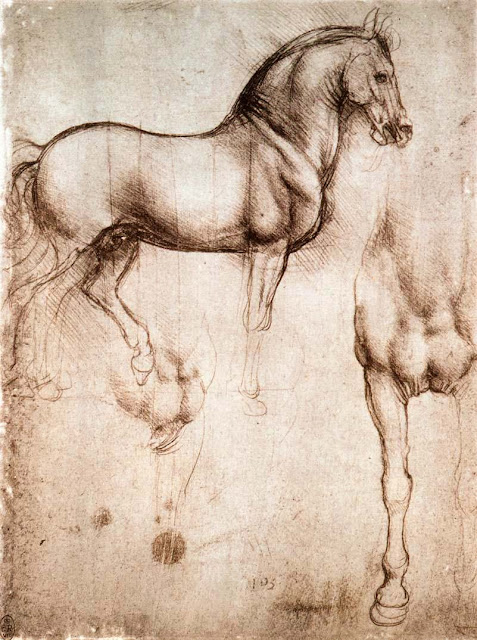

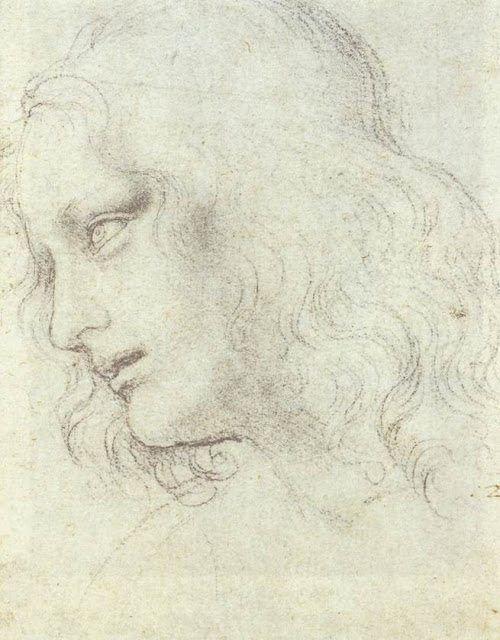




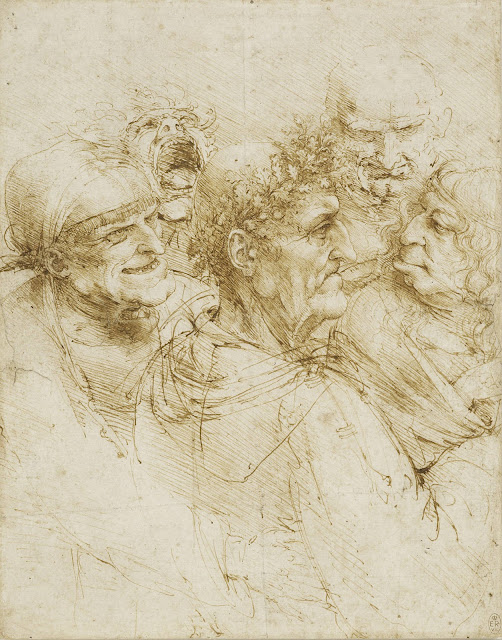+pen+&+ink+on+paper+26+x+20.5+cm+The+Royal+Collection+%C2%A9+2011,+Her+Majesty+Queen+Elizabeth+II.jpg)


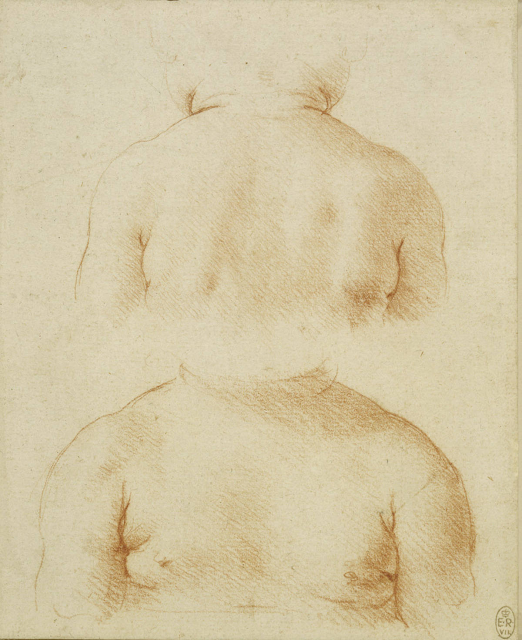


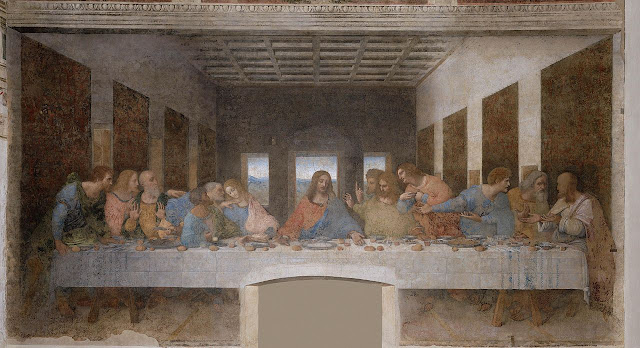









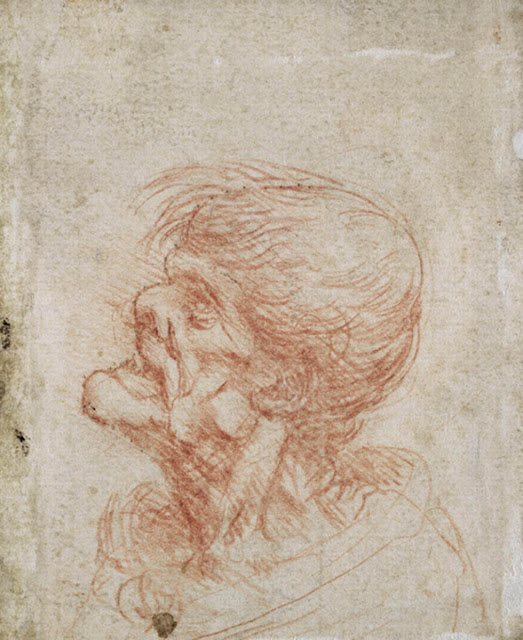



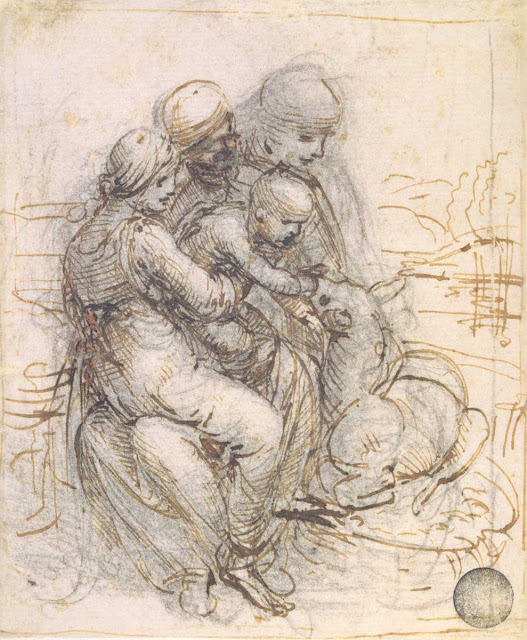
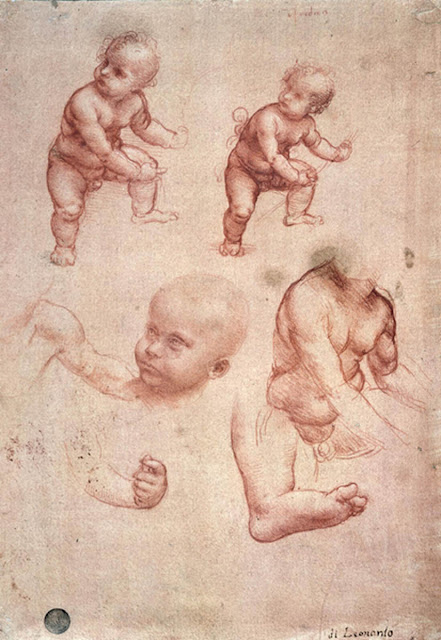

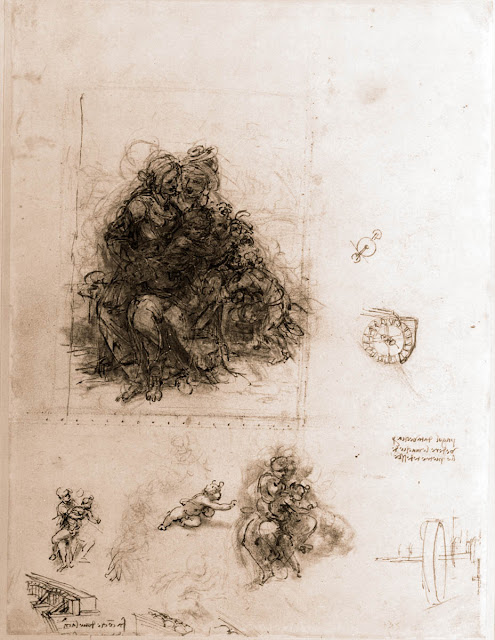

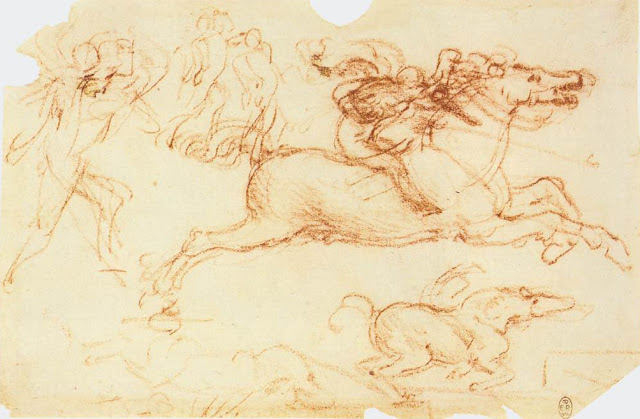
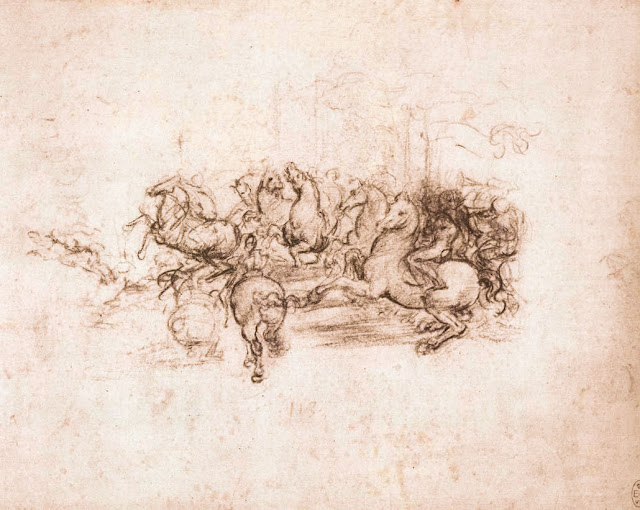

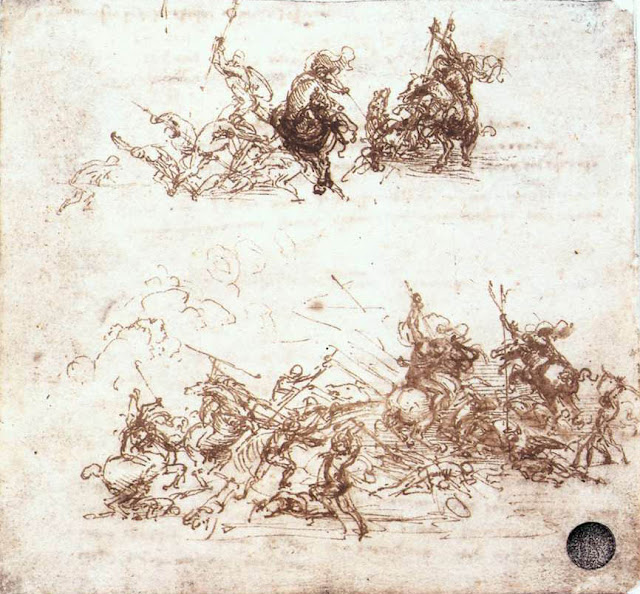


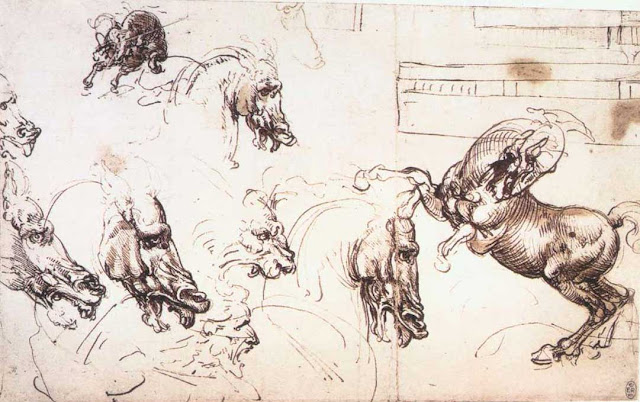
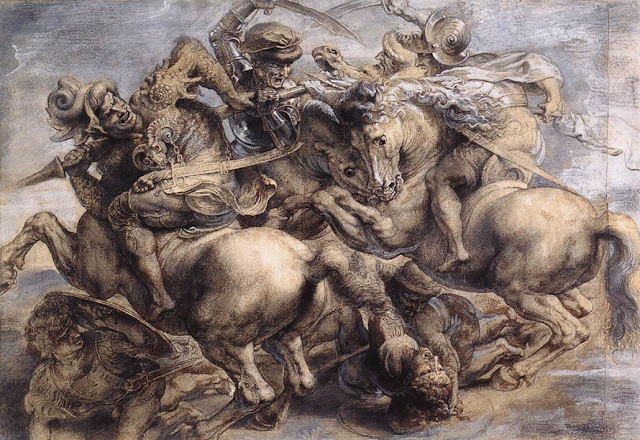+black+chalk,+pen+&+ink,+watercolour+on+paper+45.2+x+63.7+cm.jpg)
+drawing.jpg)
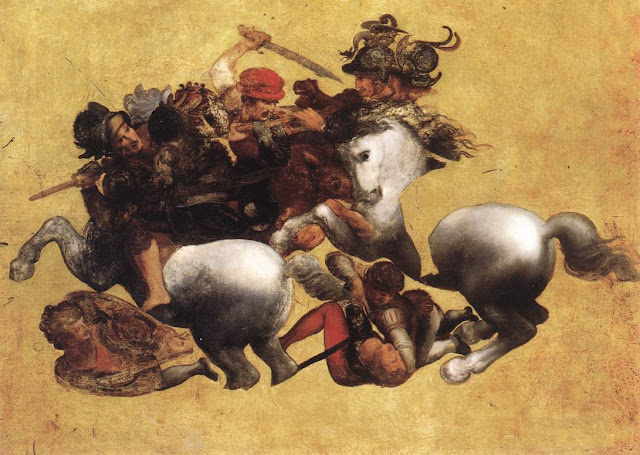
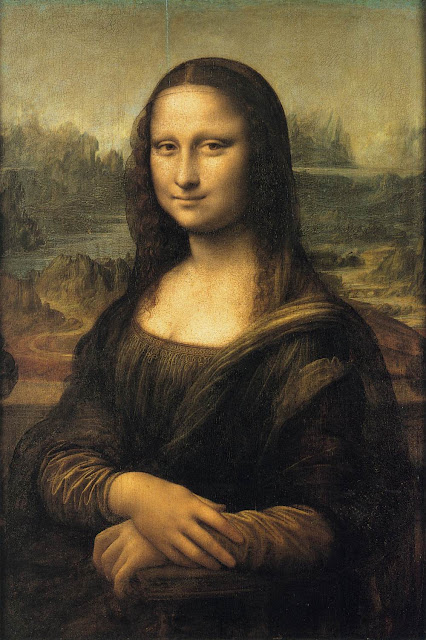+oil+on+panel+77+x53+cm.jpg)

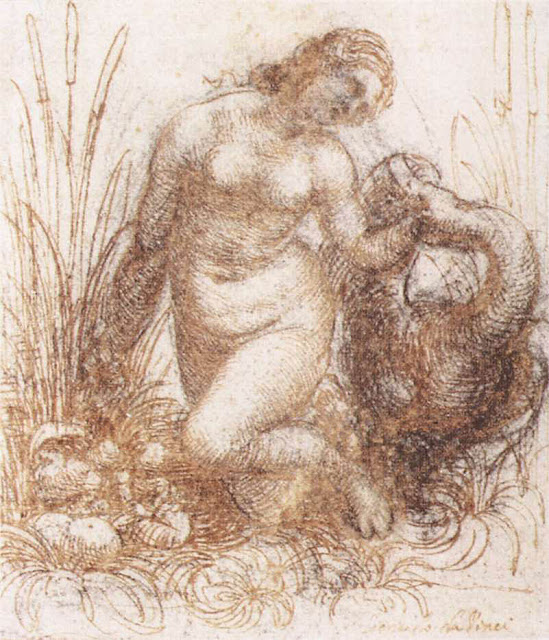


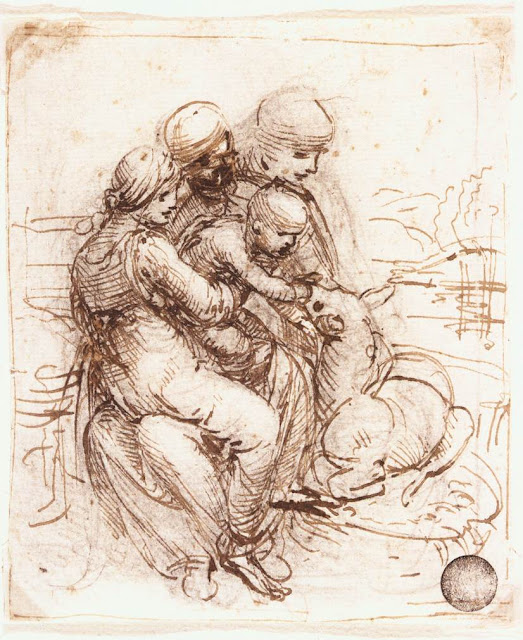


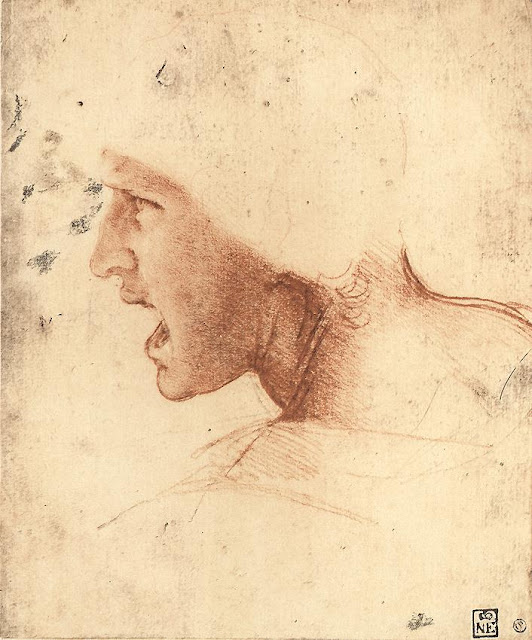+red+chalk+on+paper+22.6+x+18.6+cm.jpg)




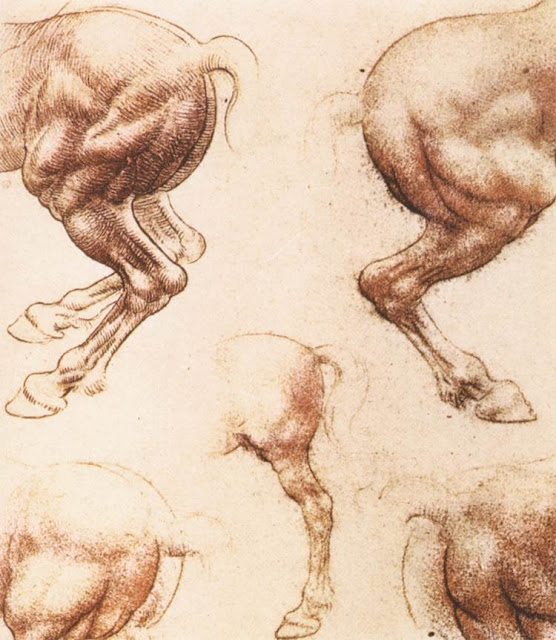
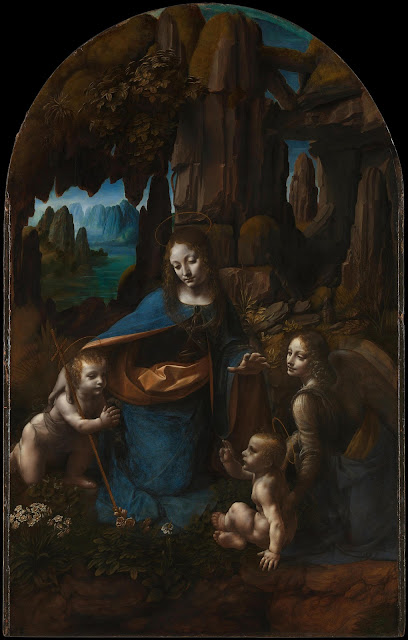




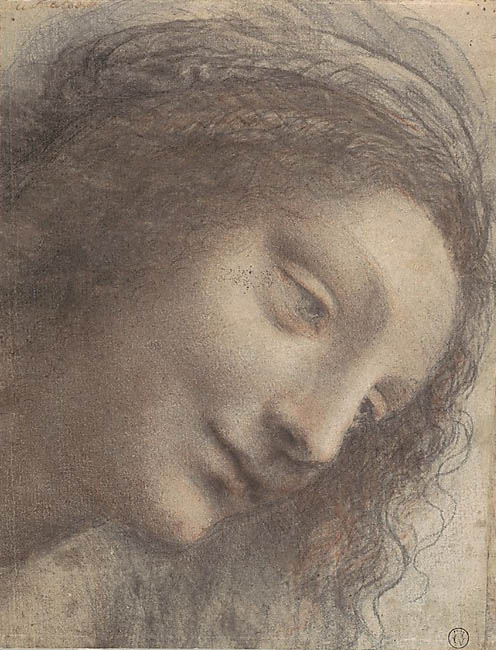
+gouache+on+wood+36.2+x+24.7+cm.jpg)


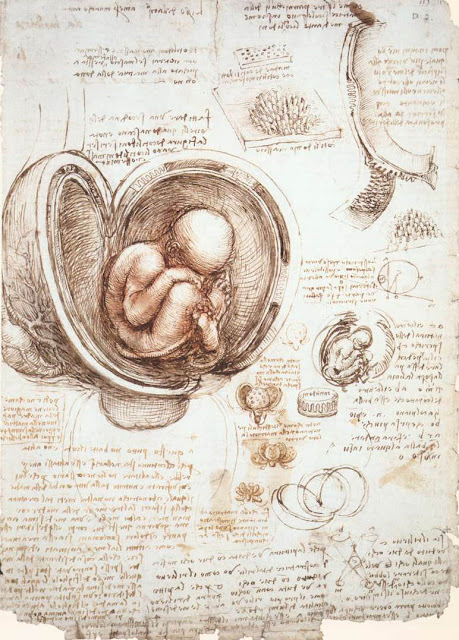

.jpg)


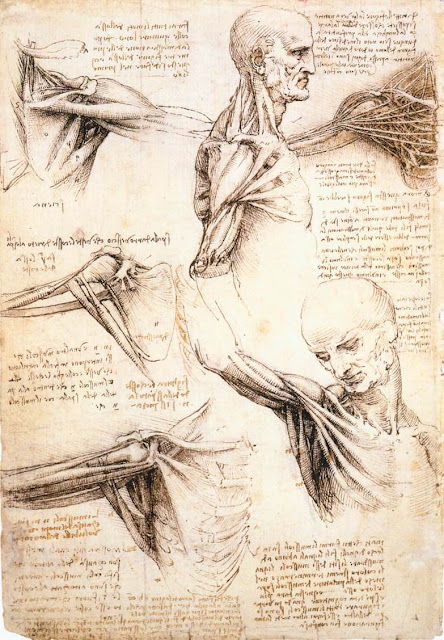
+oil+on+panel+transferred+to+canvas+177+x+115+cm.jpg)
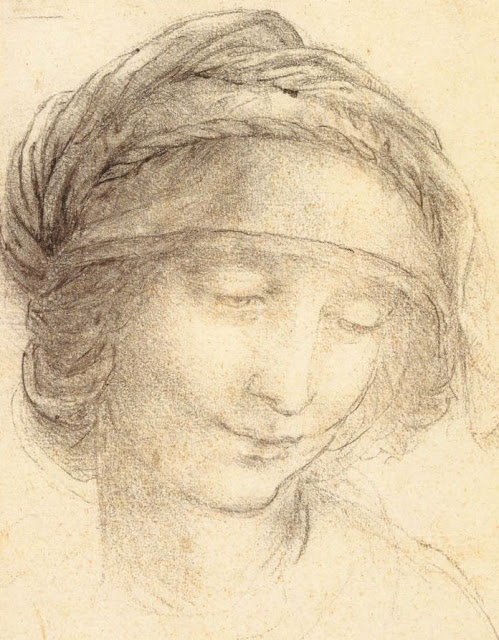
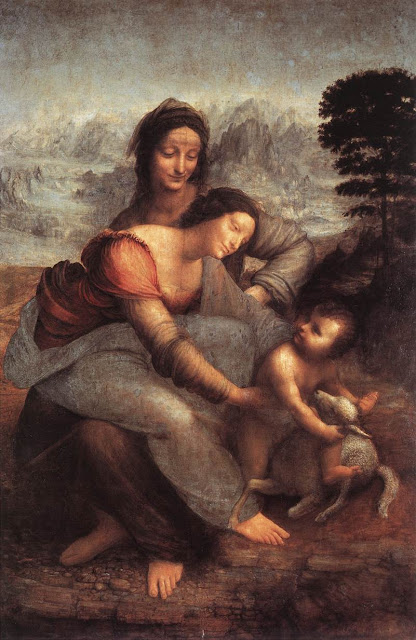


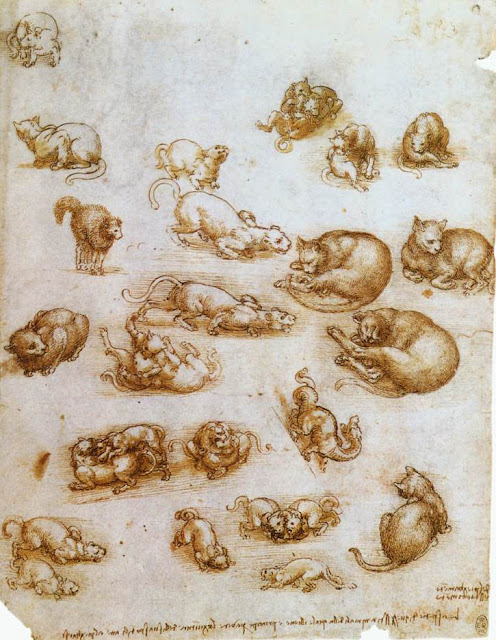
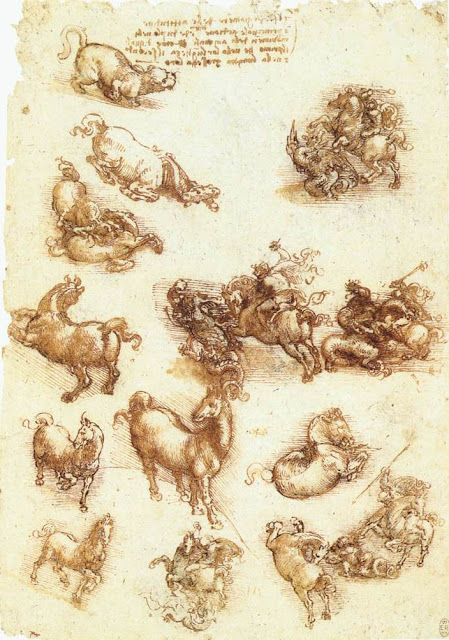
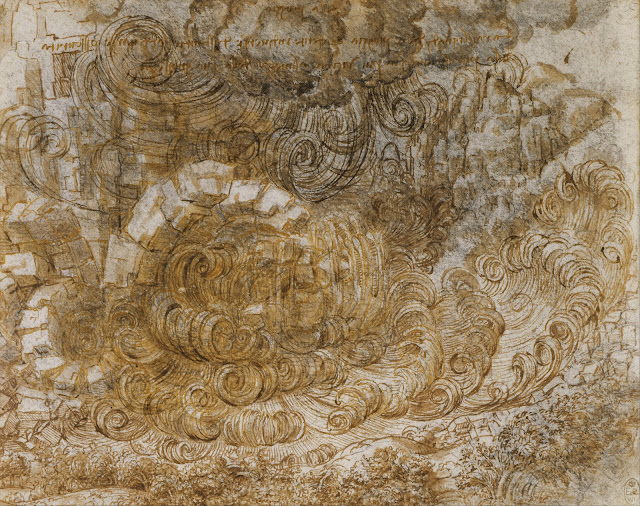


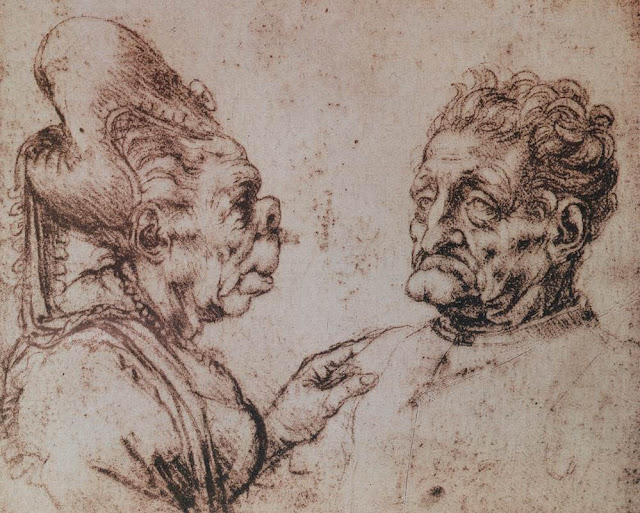

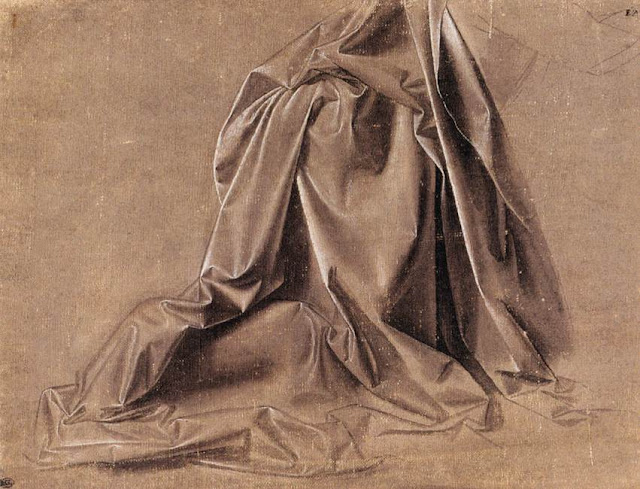
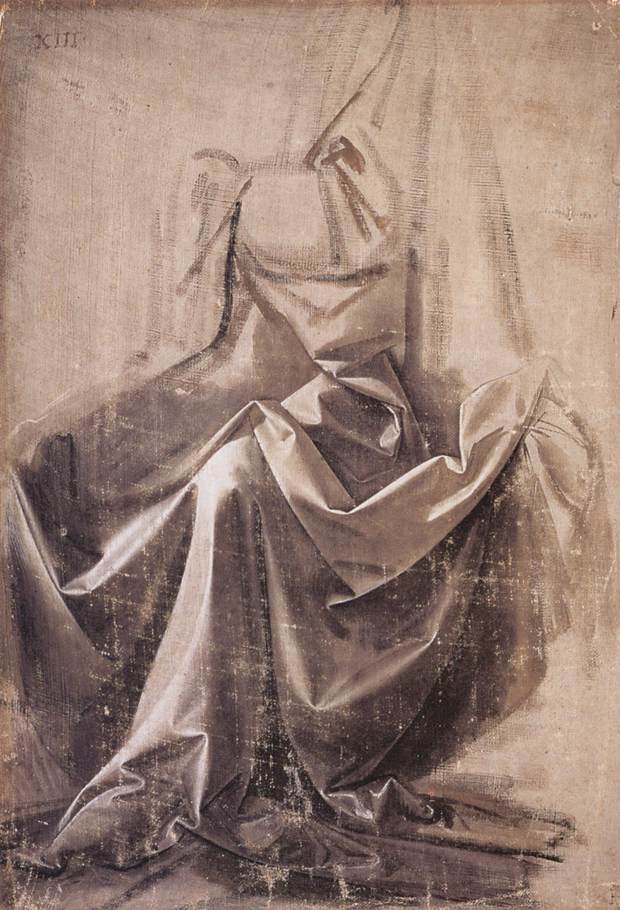
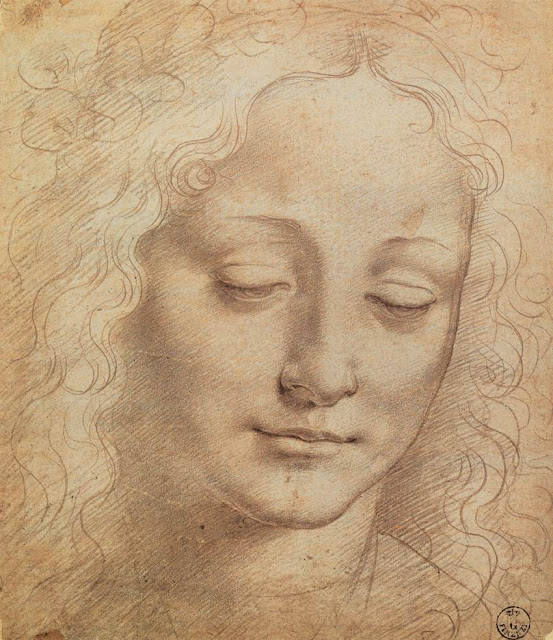
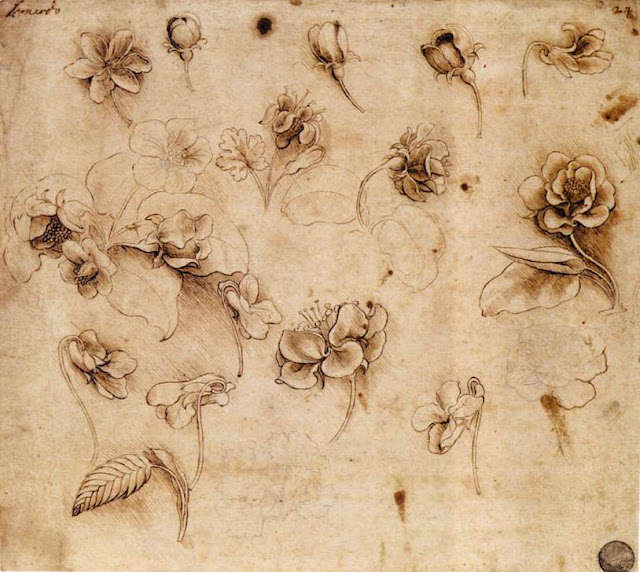





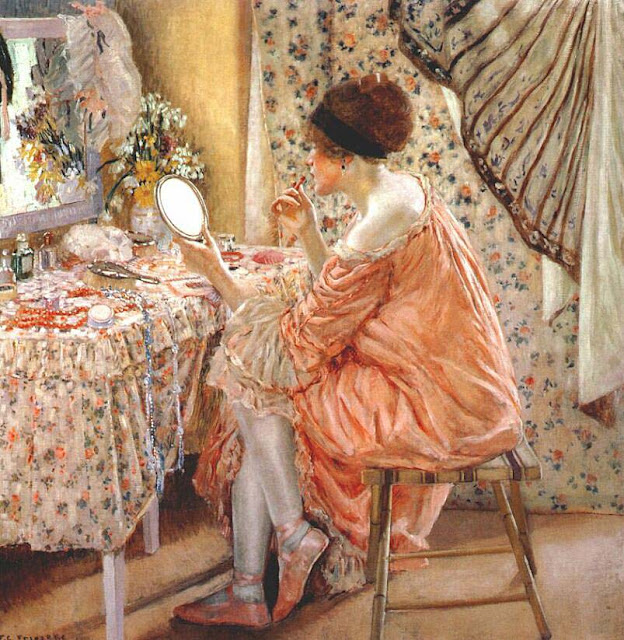+oil+on+canvas+60+x+59+cm.jpg)
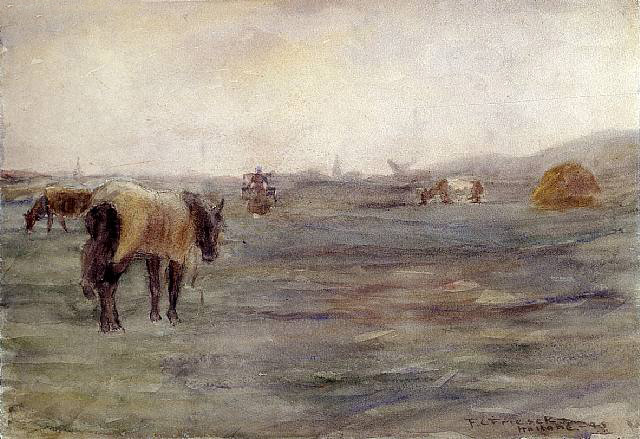


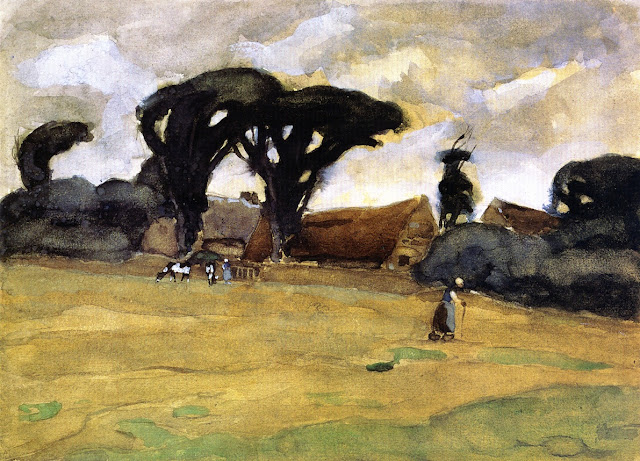

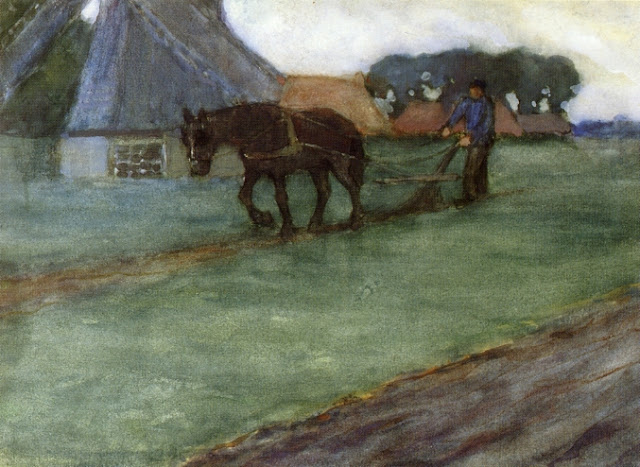
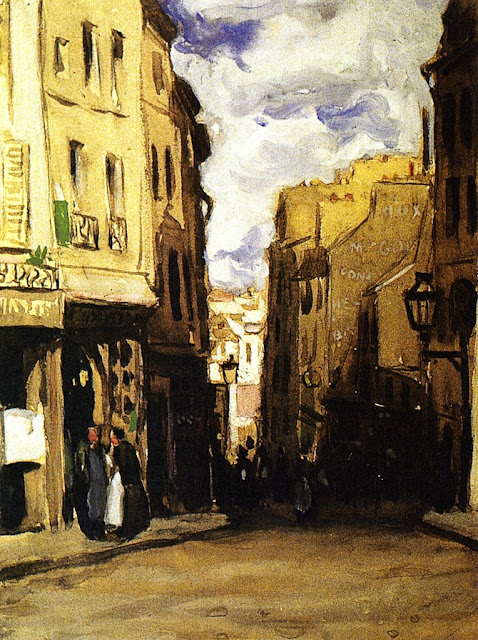
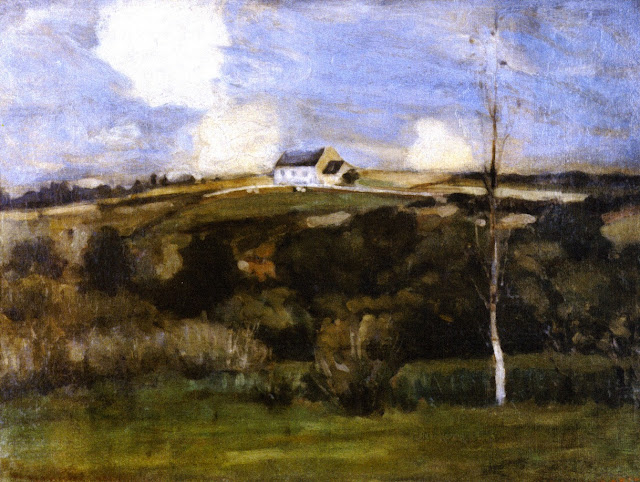
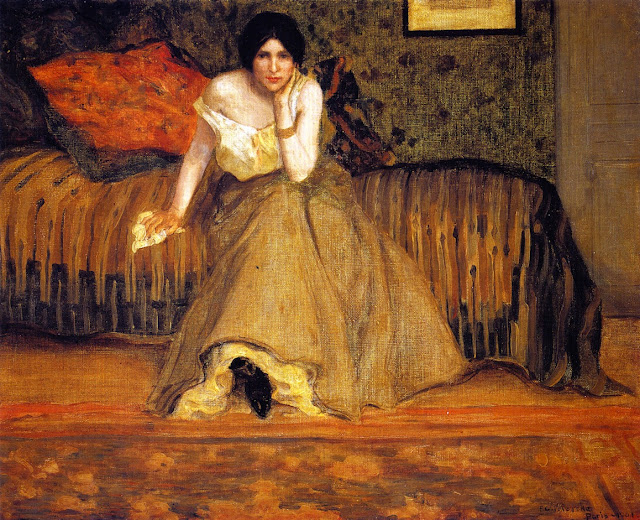

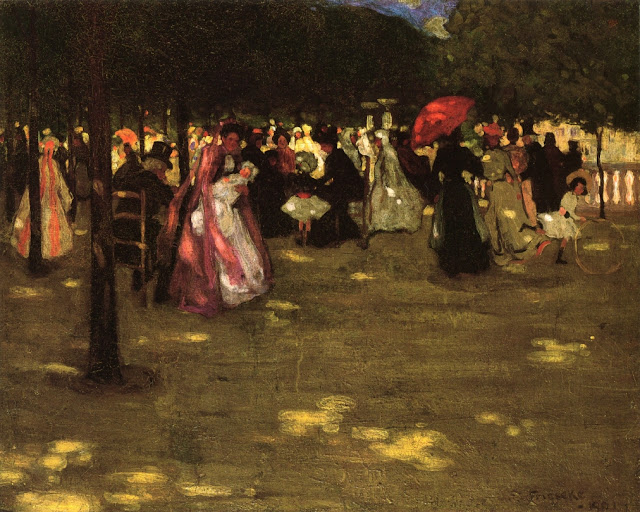
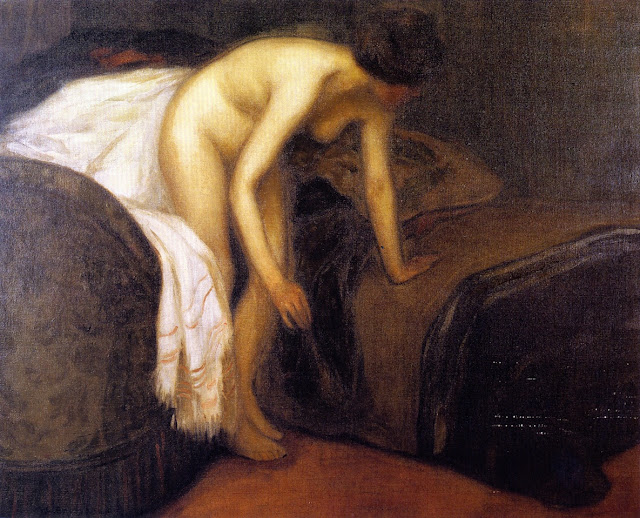

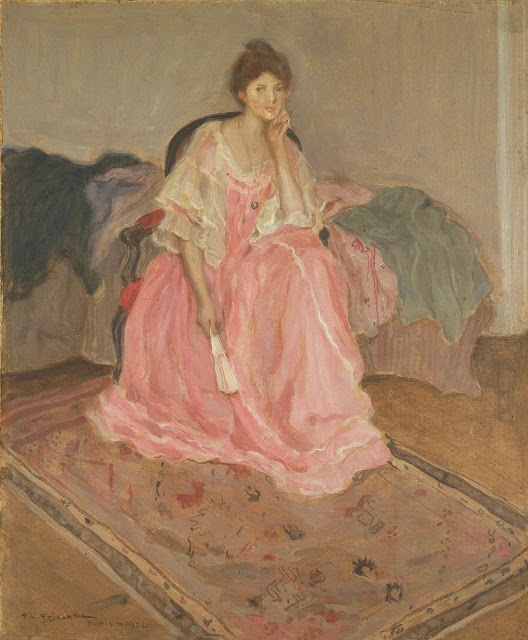



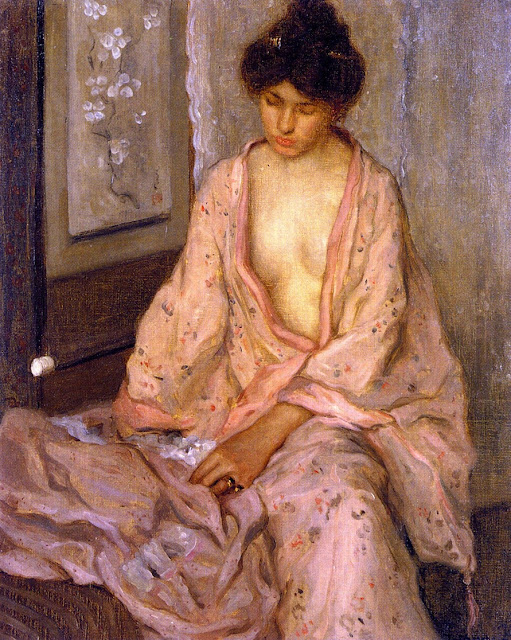
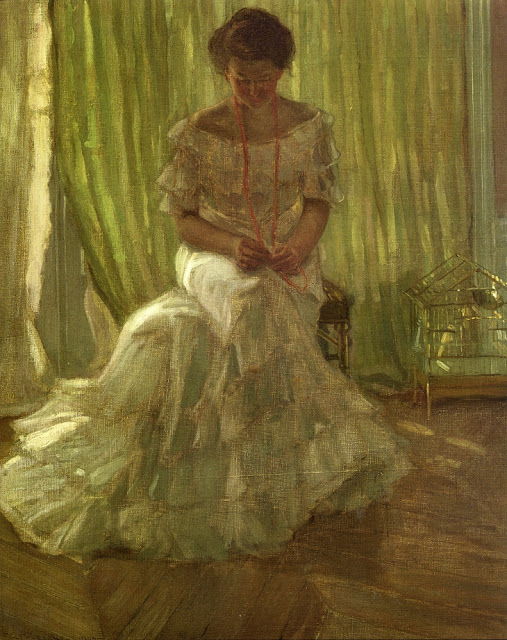






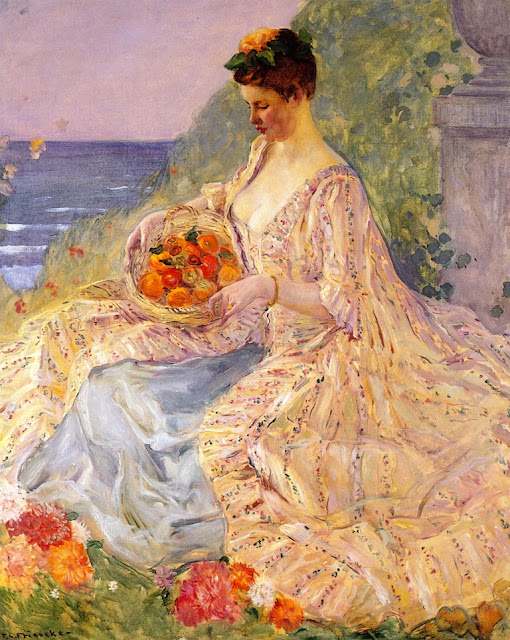
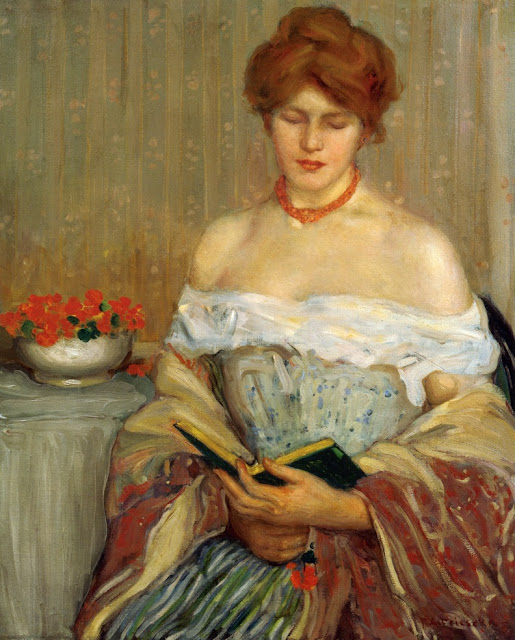
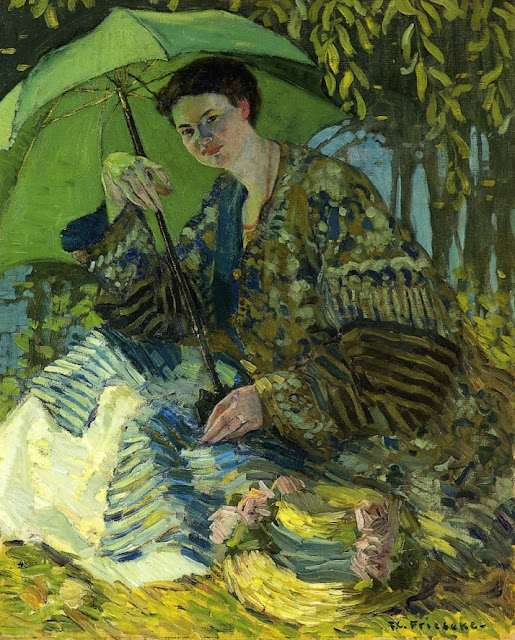
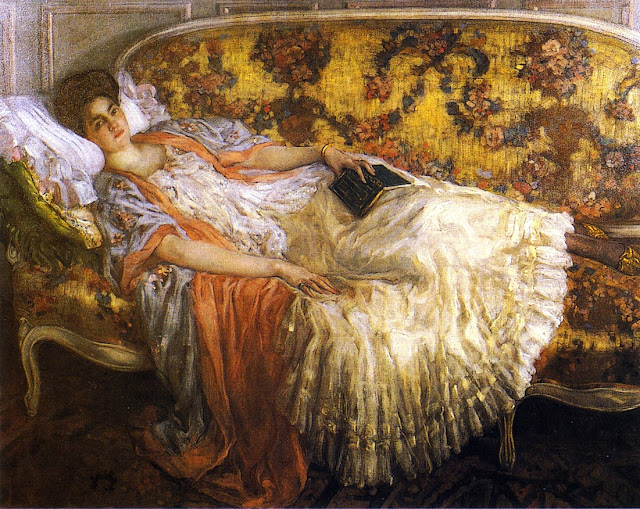



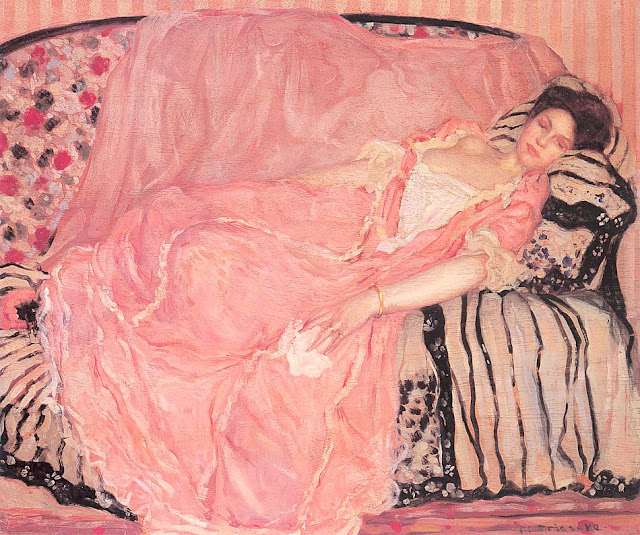
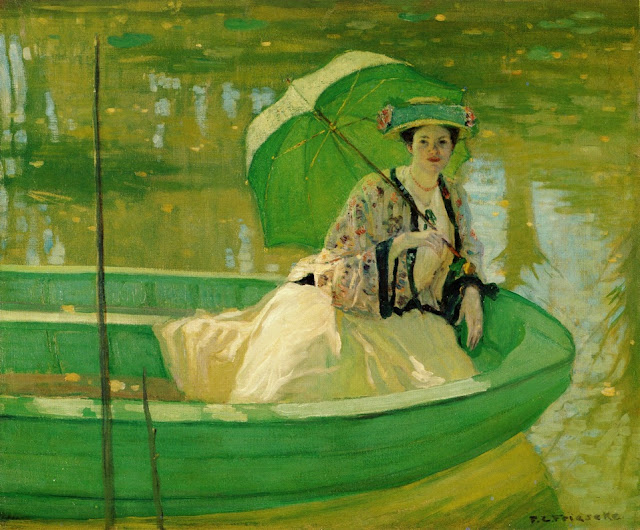


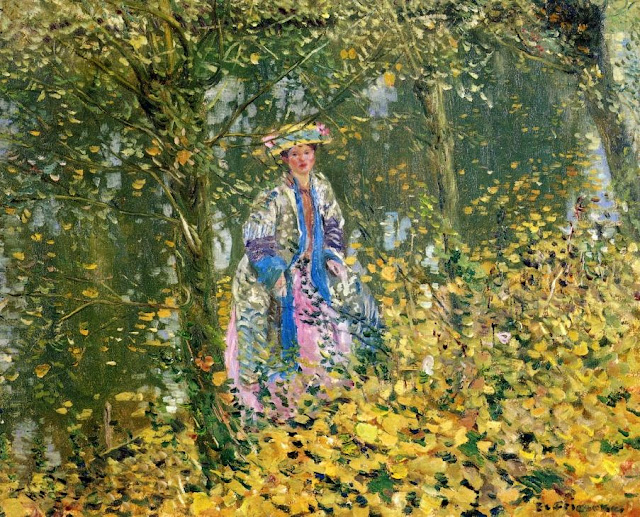
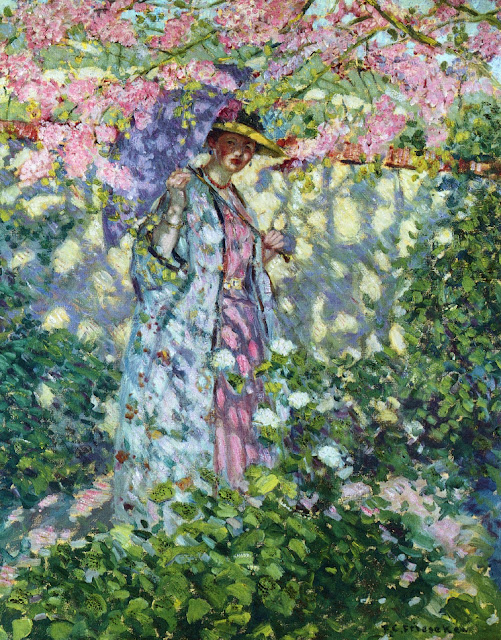
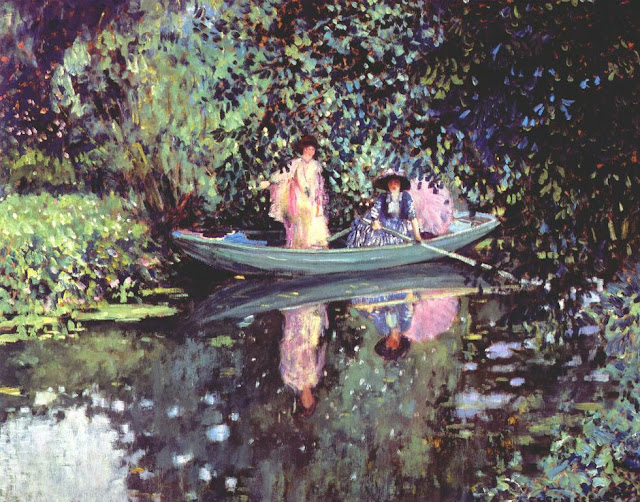



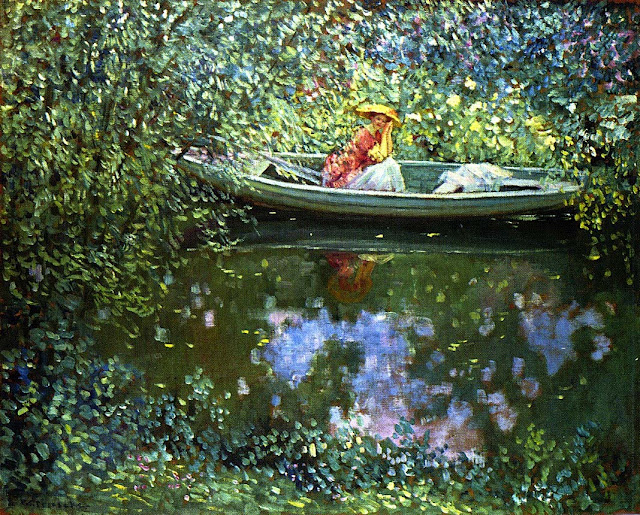


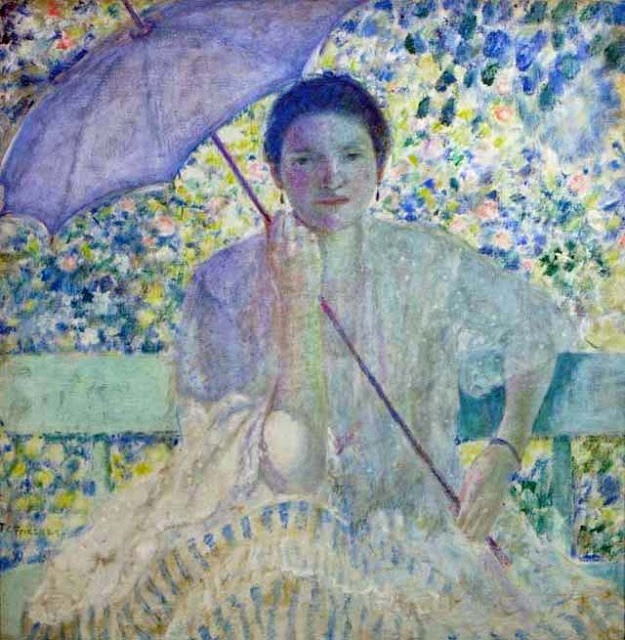





+oil+on+canvas+48.3+x+58.4+cm.jpg)

































+oil+on+canvas+81.3+x+66+cm.jpg)




















+oil+on+cardboard+30.5+x+30.5+cm.jpg)





+oil+on+board+29.8+x+37.5+cm.jpg)








+oil+on+cardboard+25.4+x+35.6+cm.jpg)



















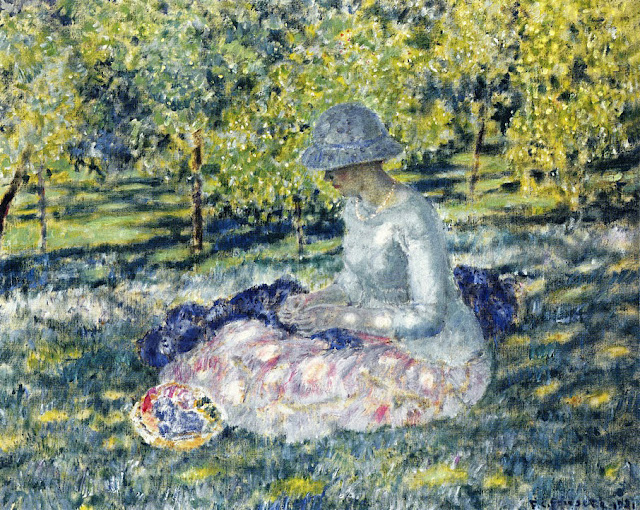



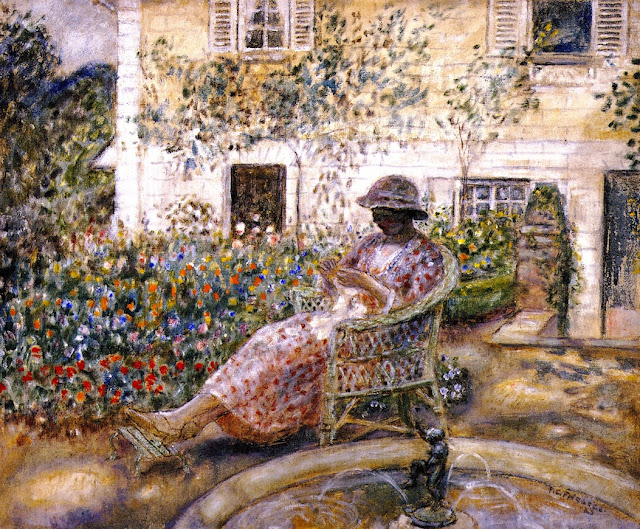
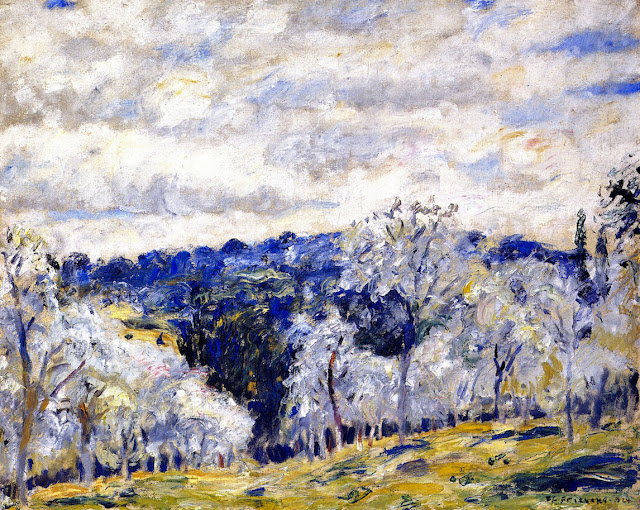

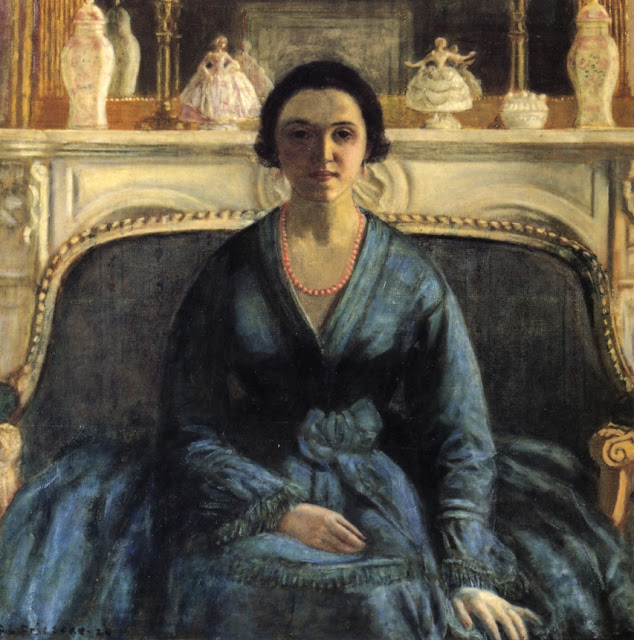
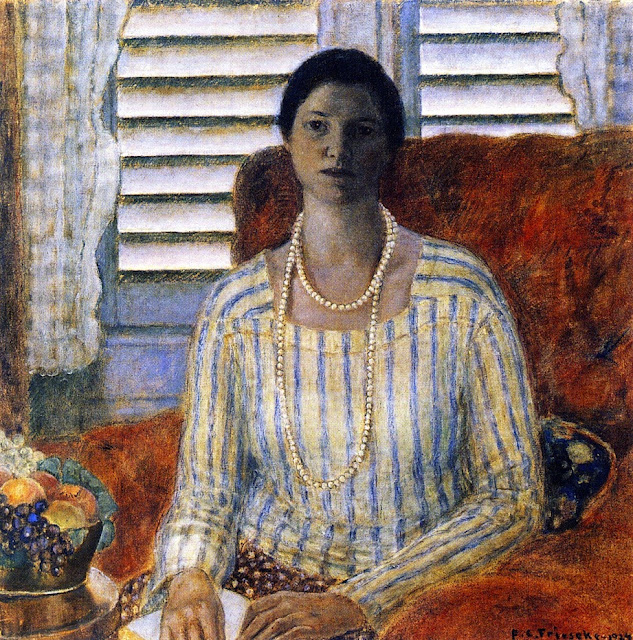
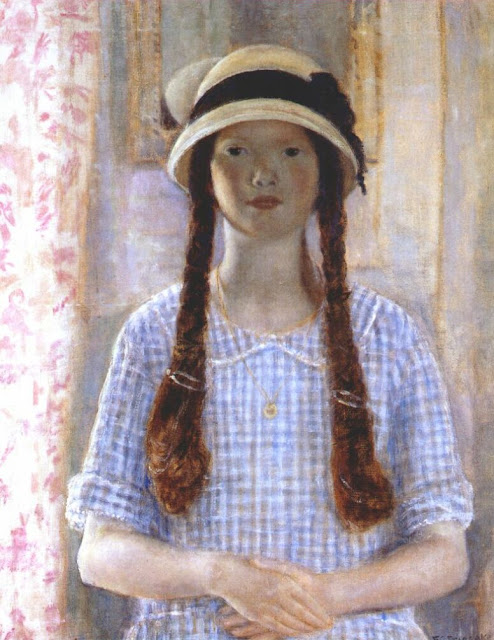




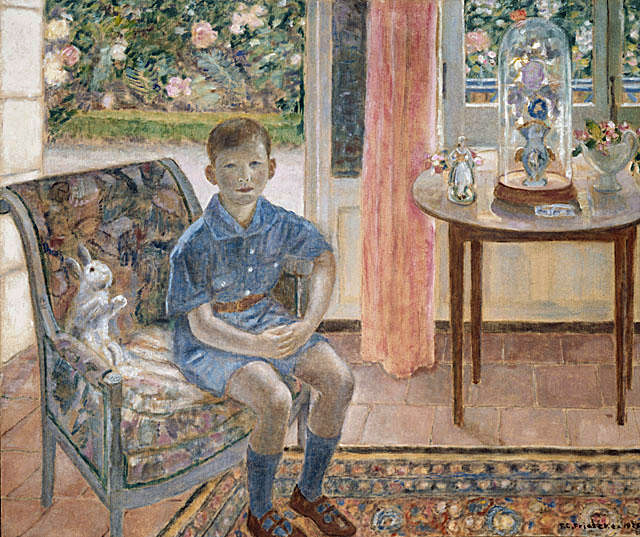

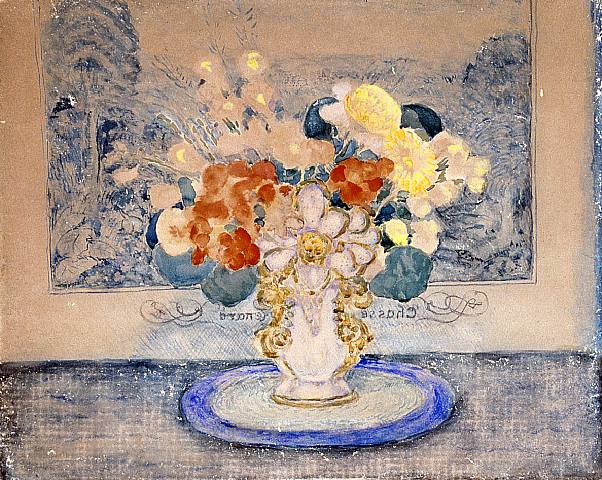+watercolour+22.9+x+30.5+cm.jpg)
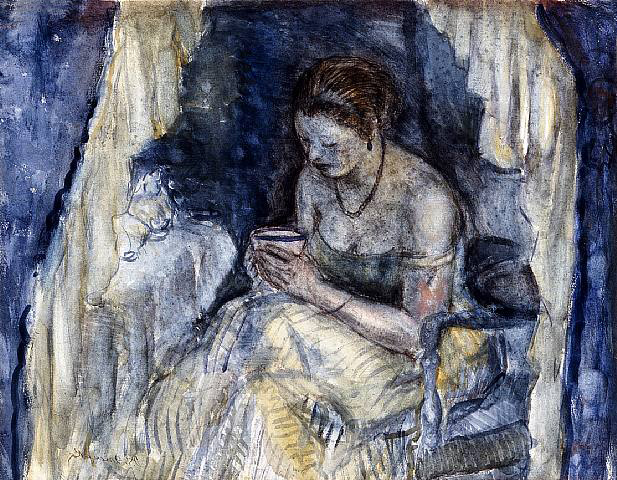
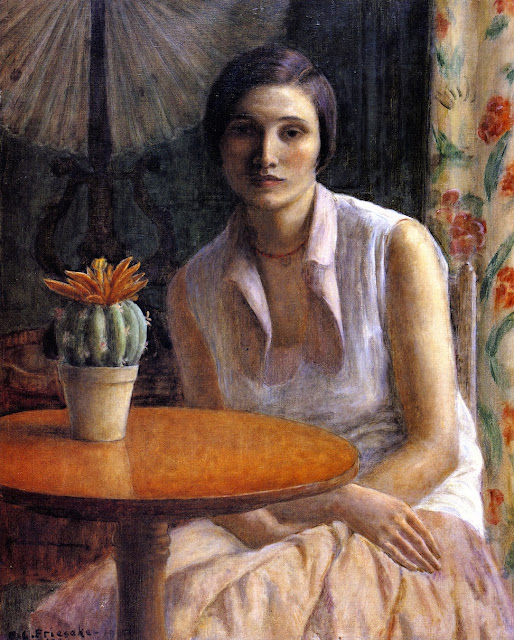
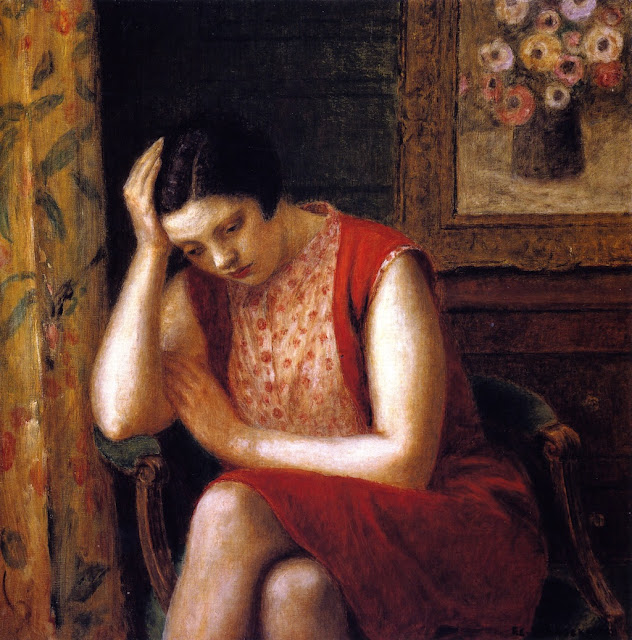
+(study)+oil+on+board+61+x+50.8+cm.jpg)
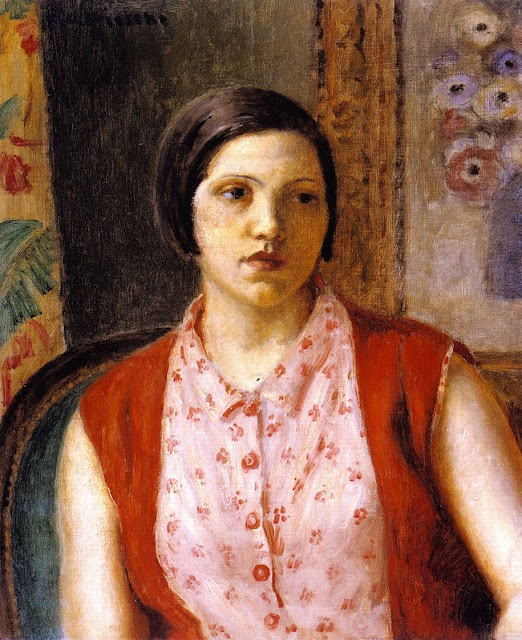




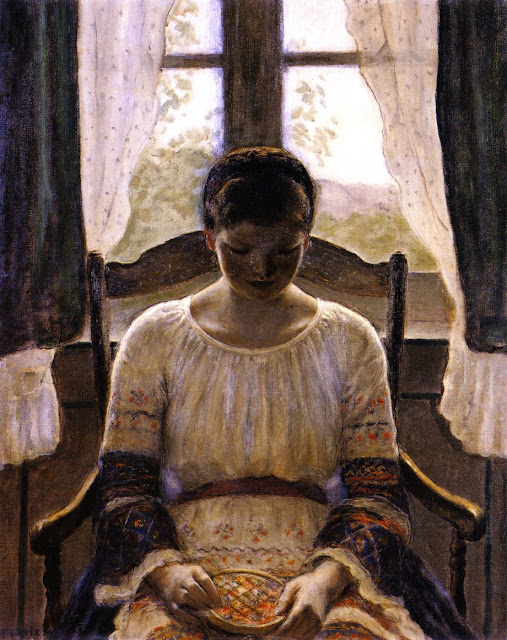
+watercolour+30.5+x+22.9+cm.jpg)
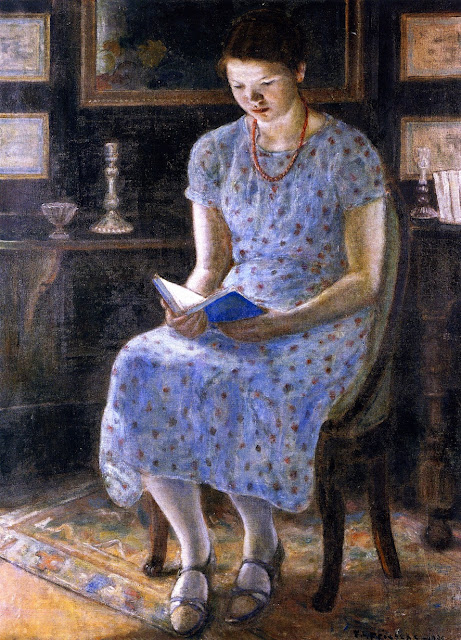
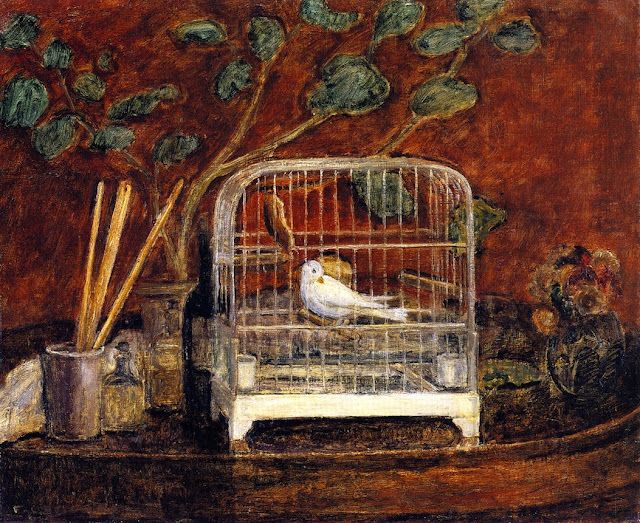







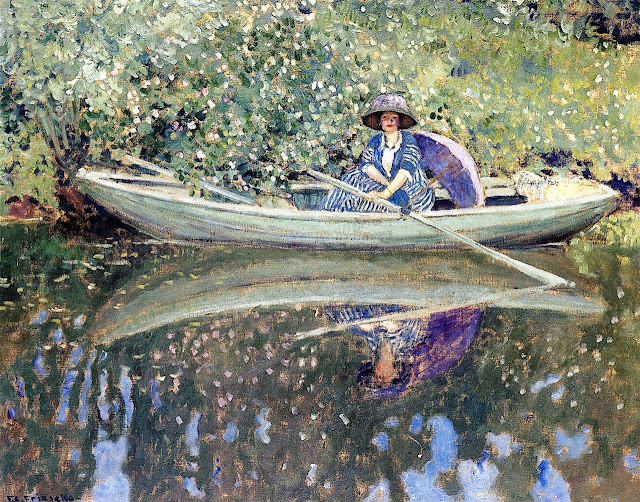
































































































































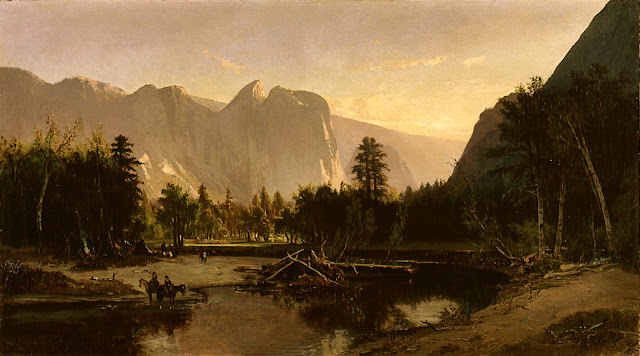




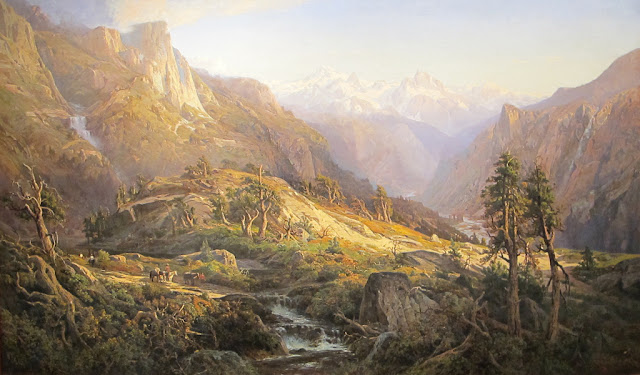
+oil+on+canvas+100.7+x+151.5+cm.jpg)

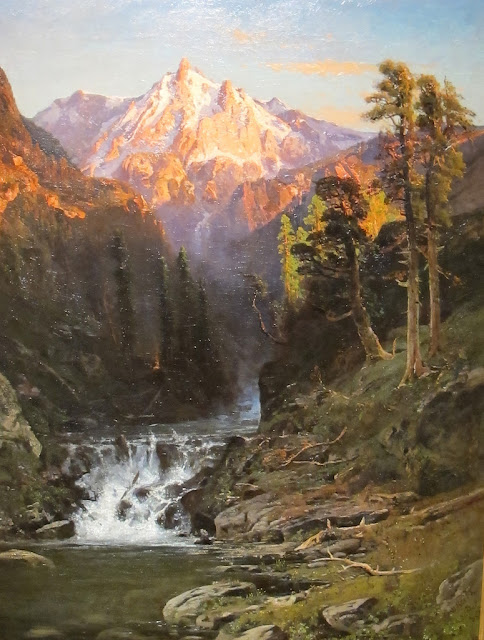

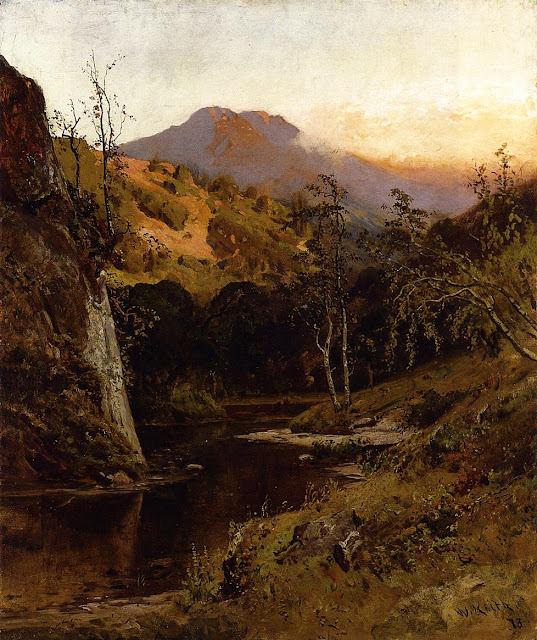




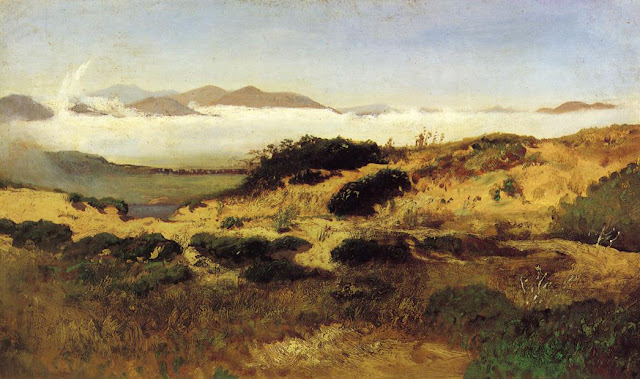
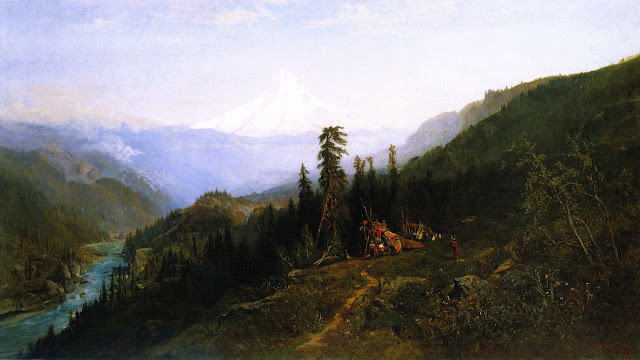
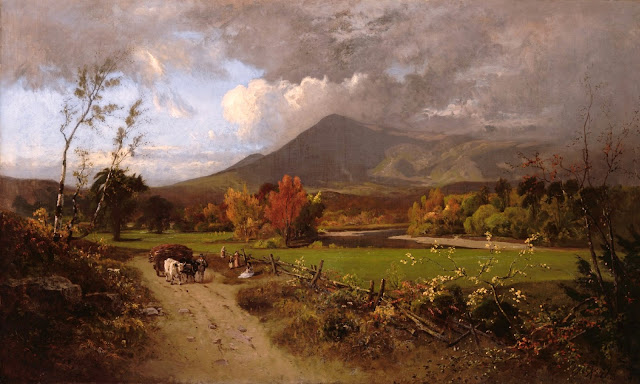

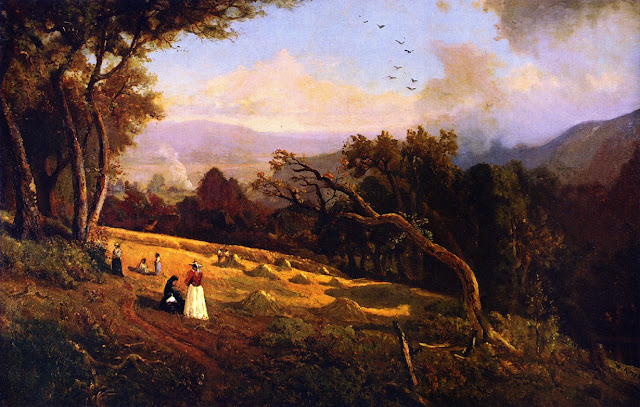
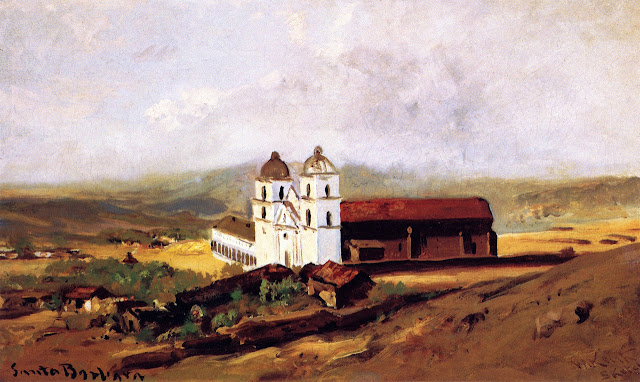
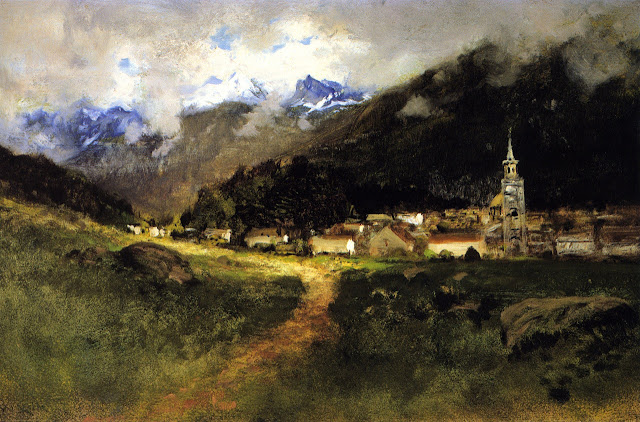



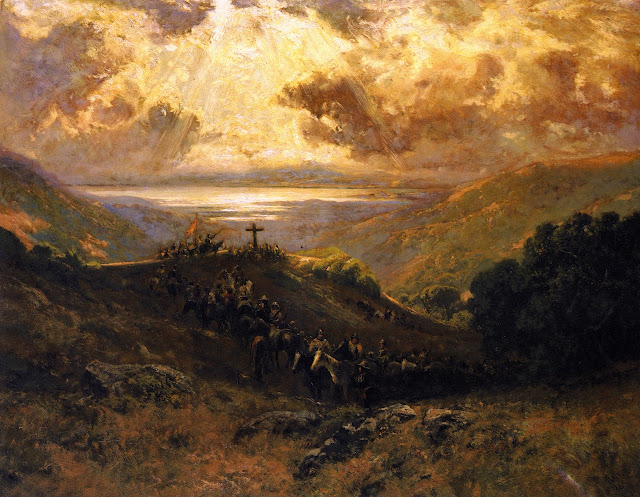




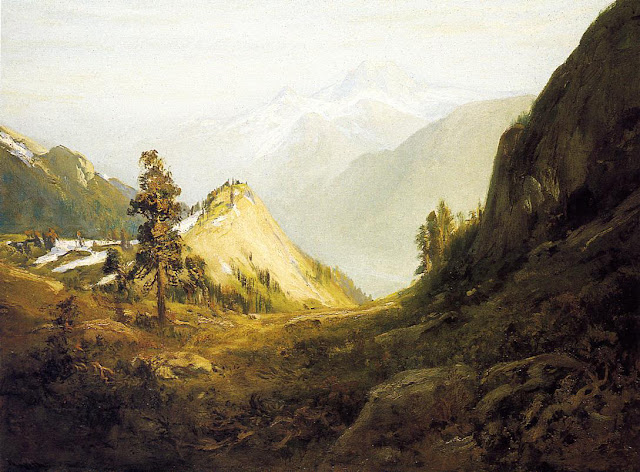
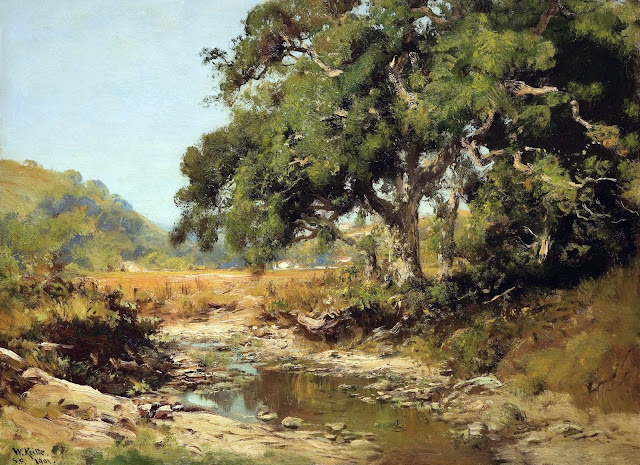
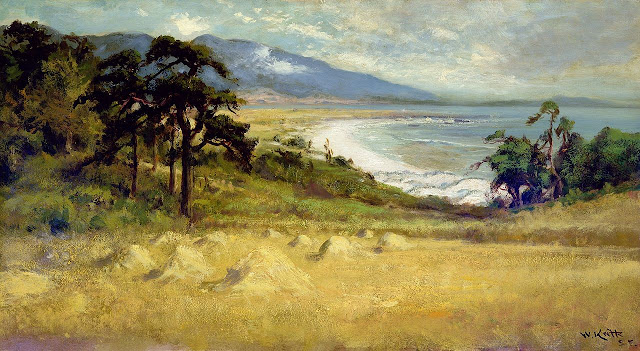

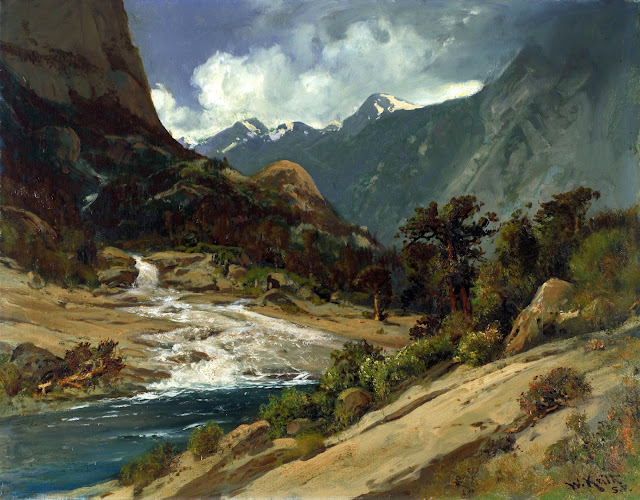


+oil+on+canvas+55.9+x+81.3+cm.jpg)
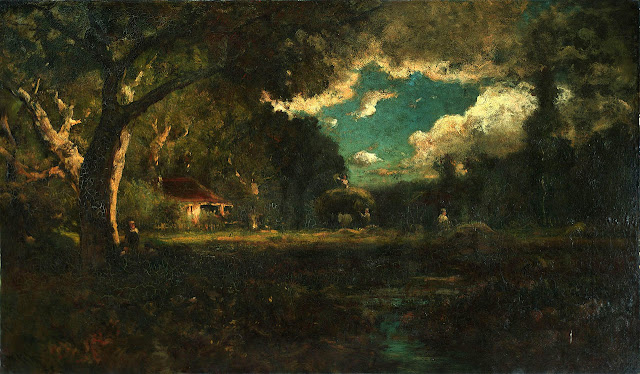


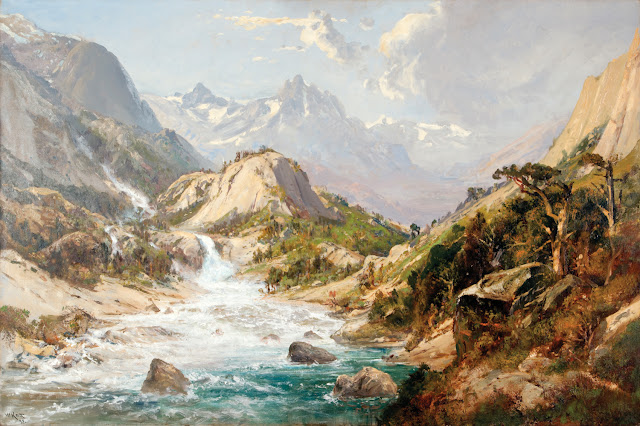+oil+on+canvas.jpg)

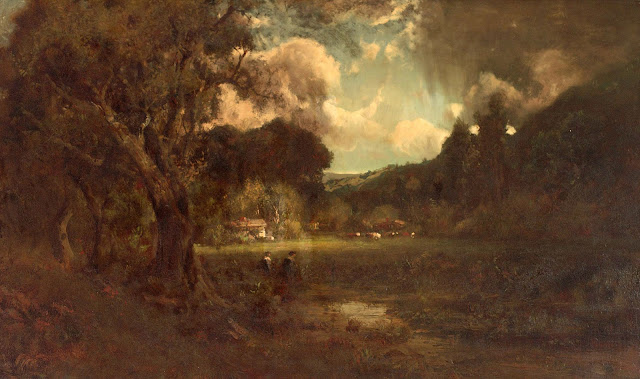

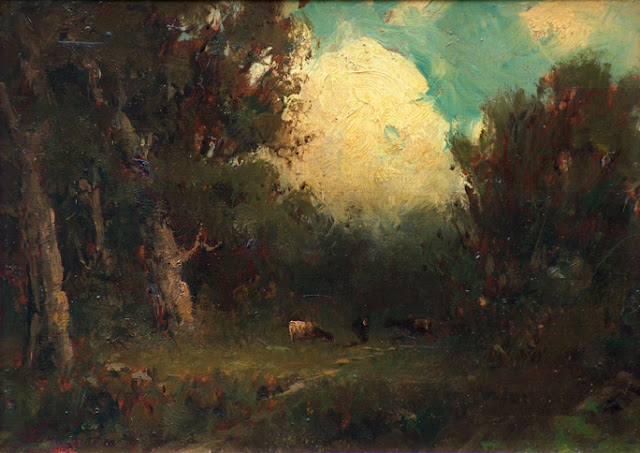+12.7+x+17.8+cm.jpg)

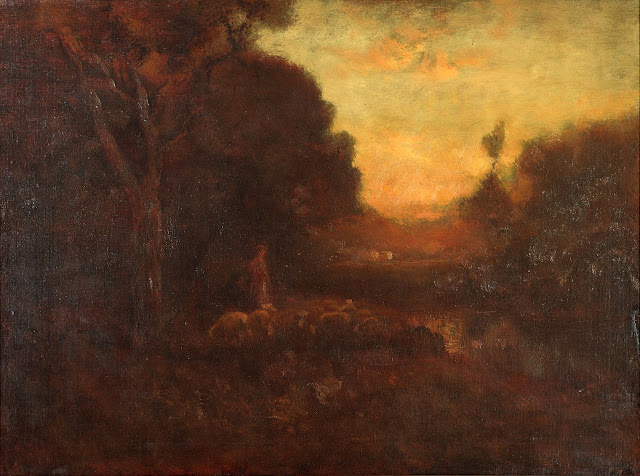

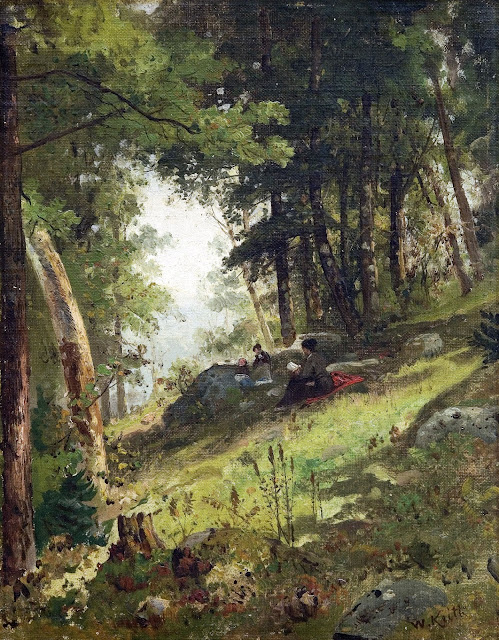
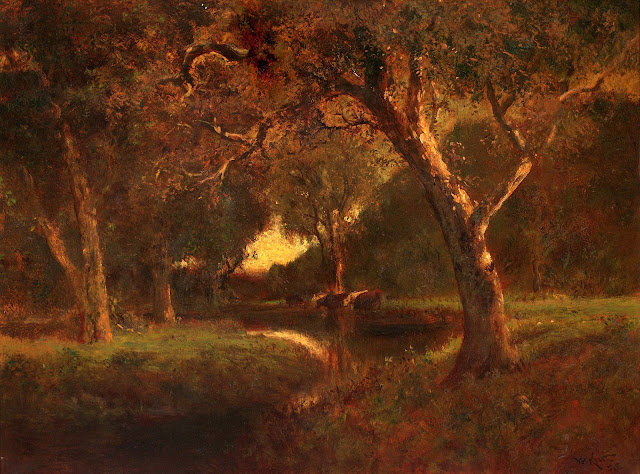



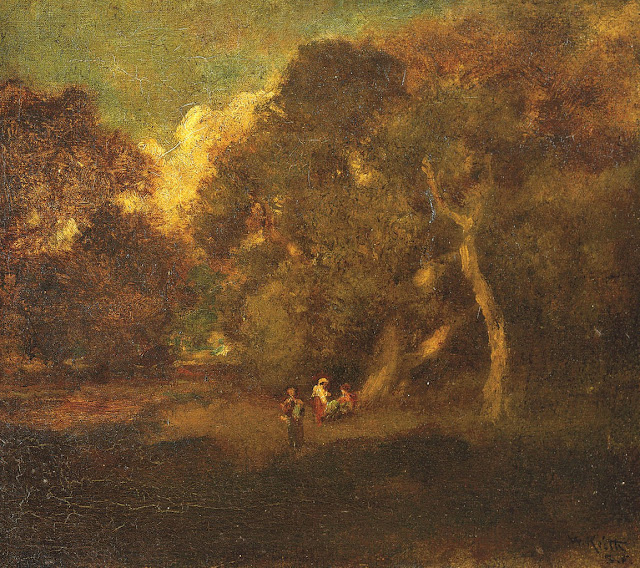

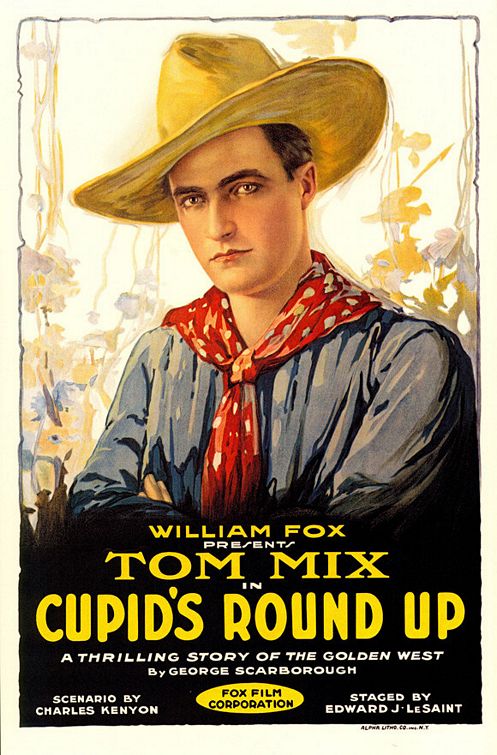




































































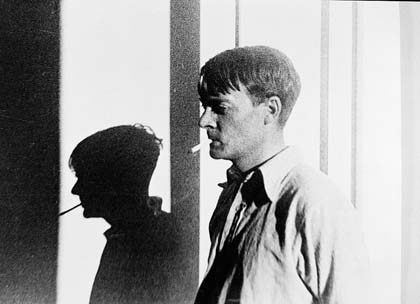

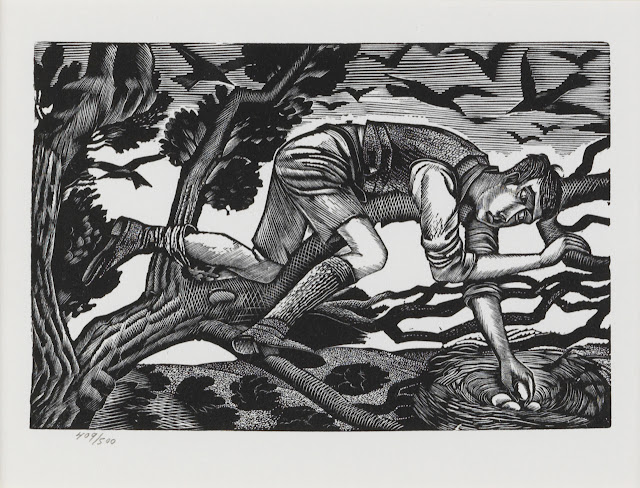,+New+York+-+DACS,+London.jpg)
